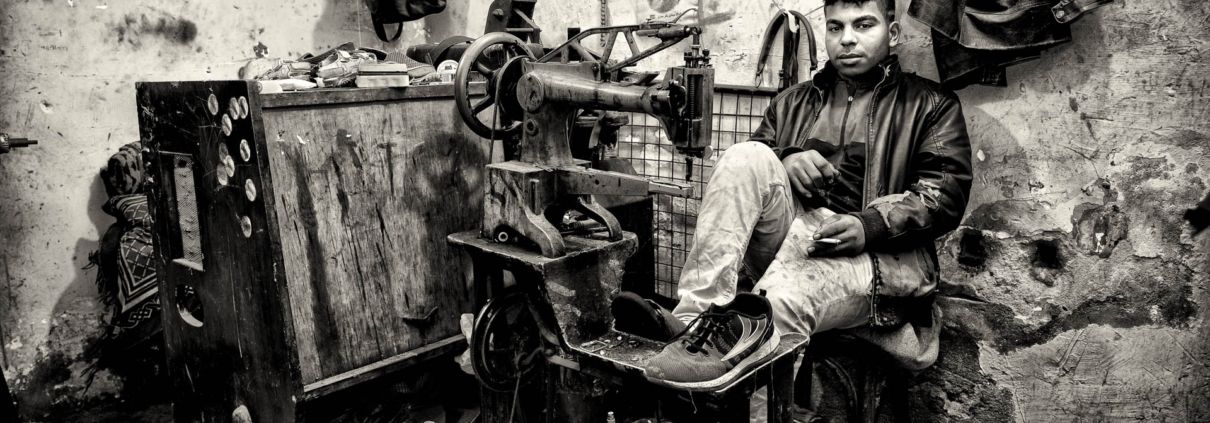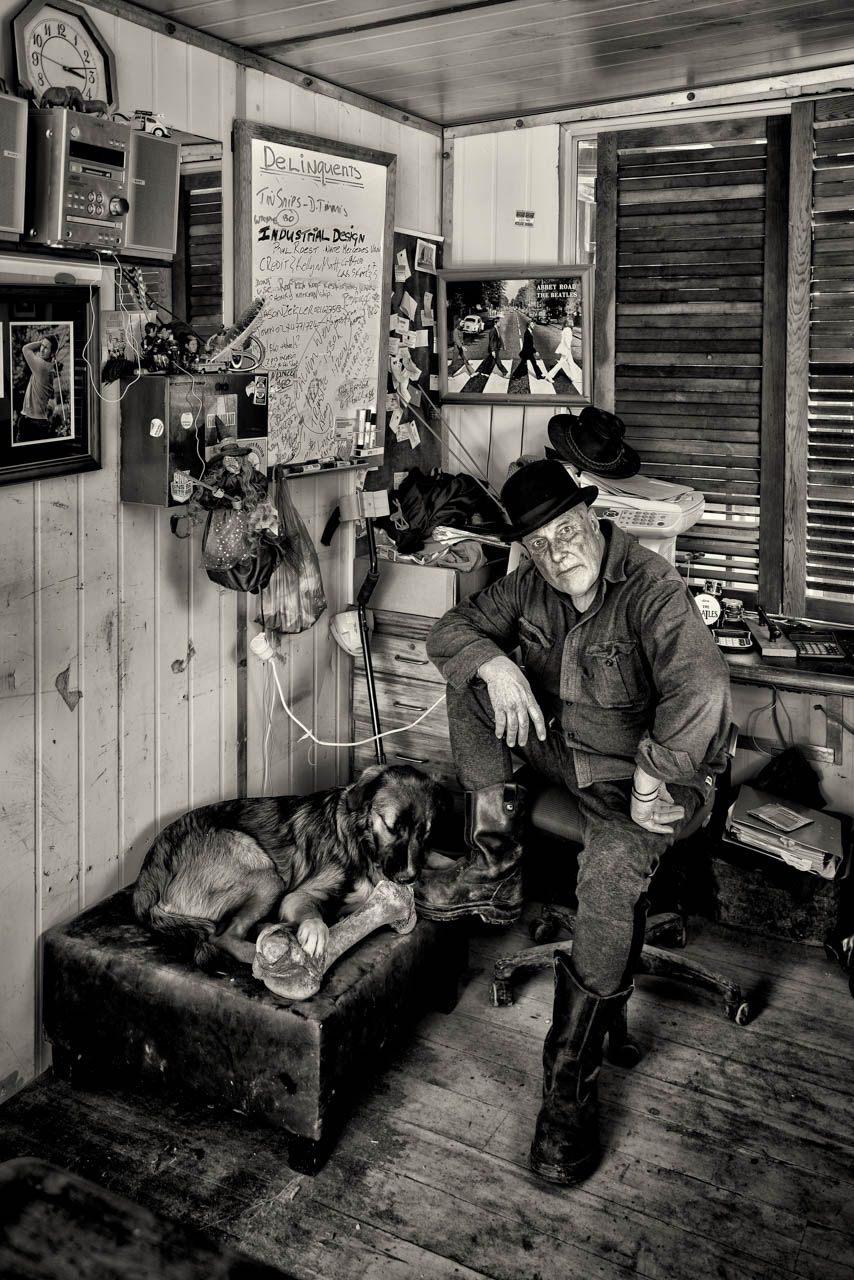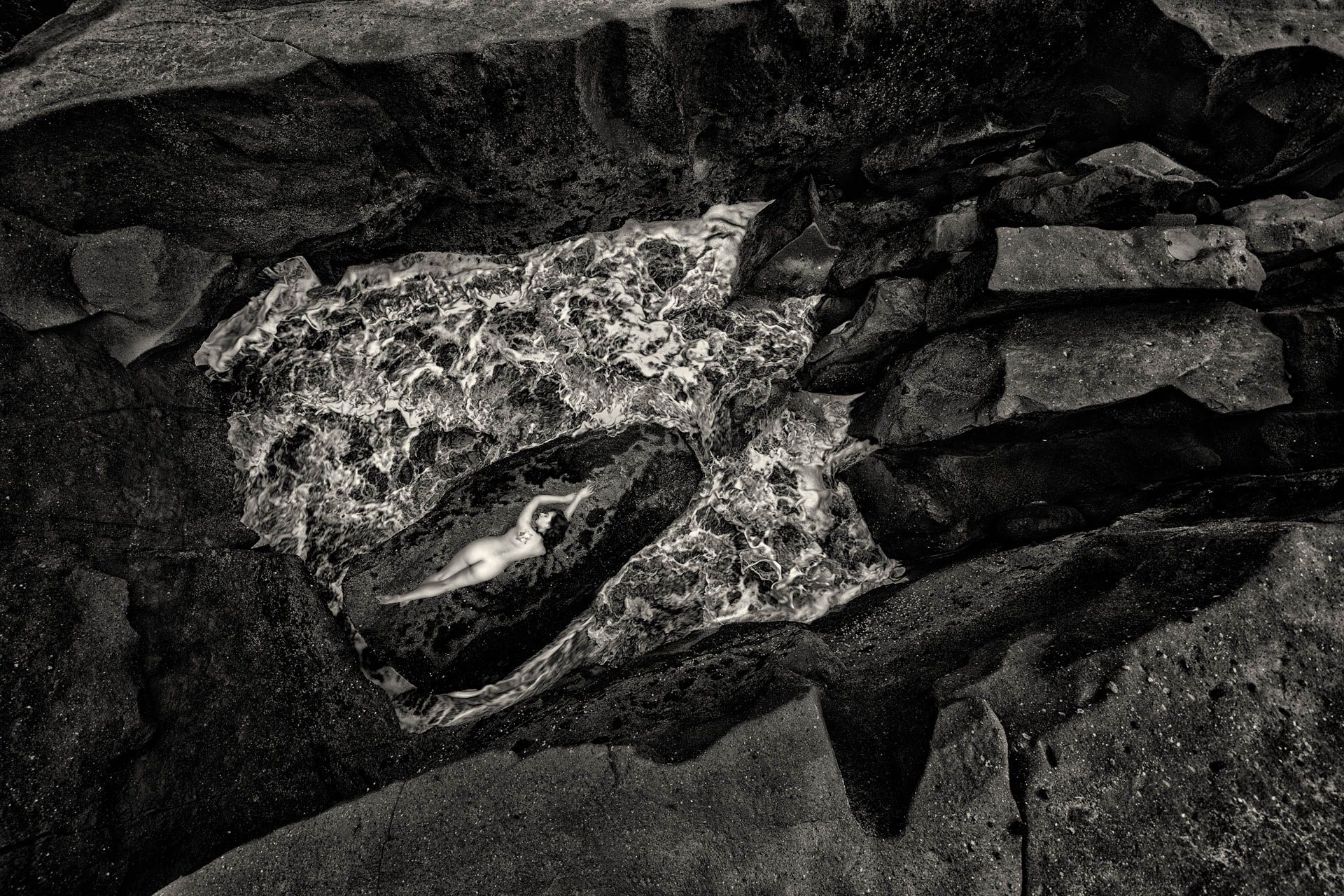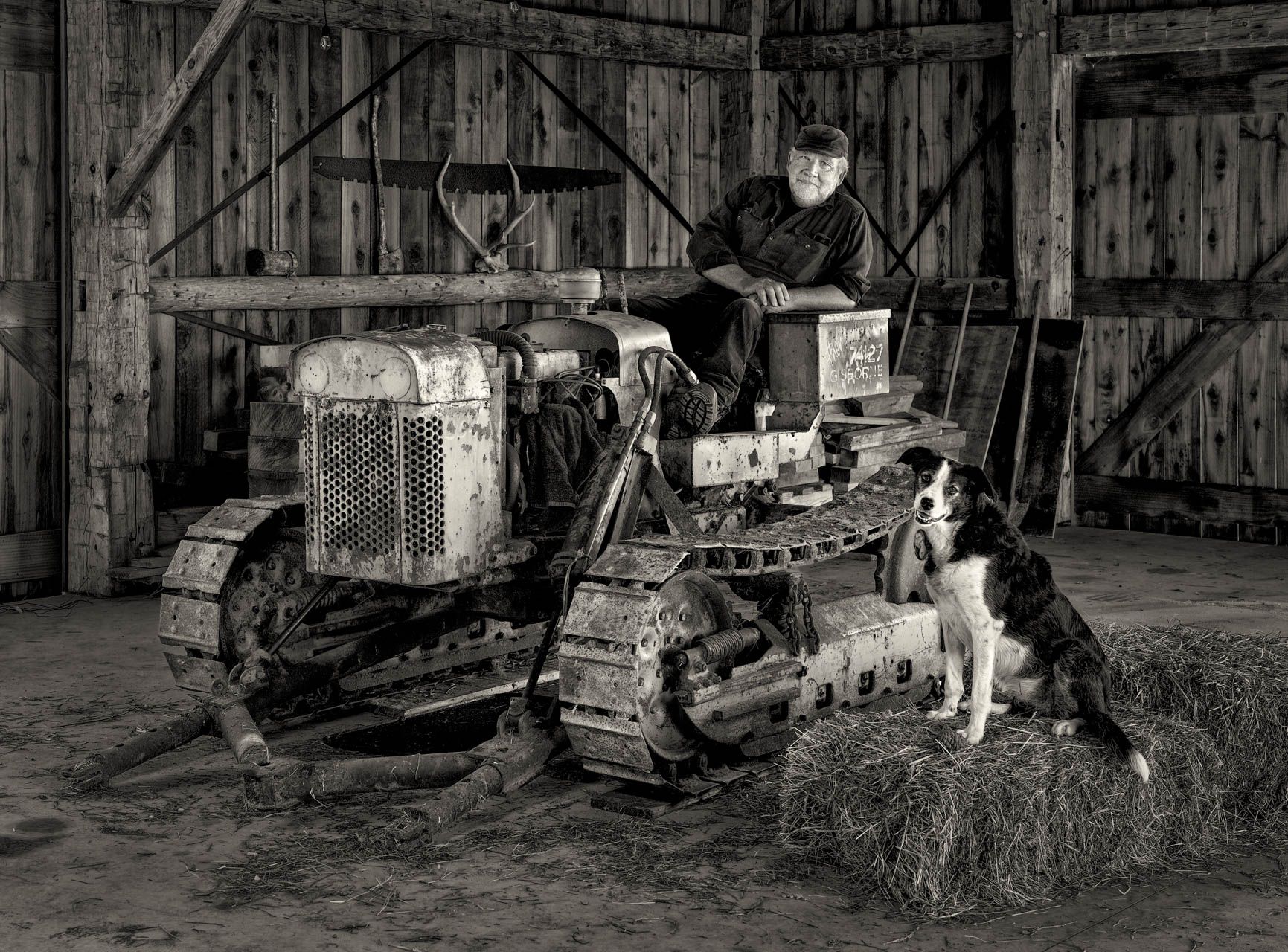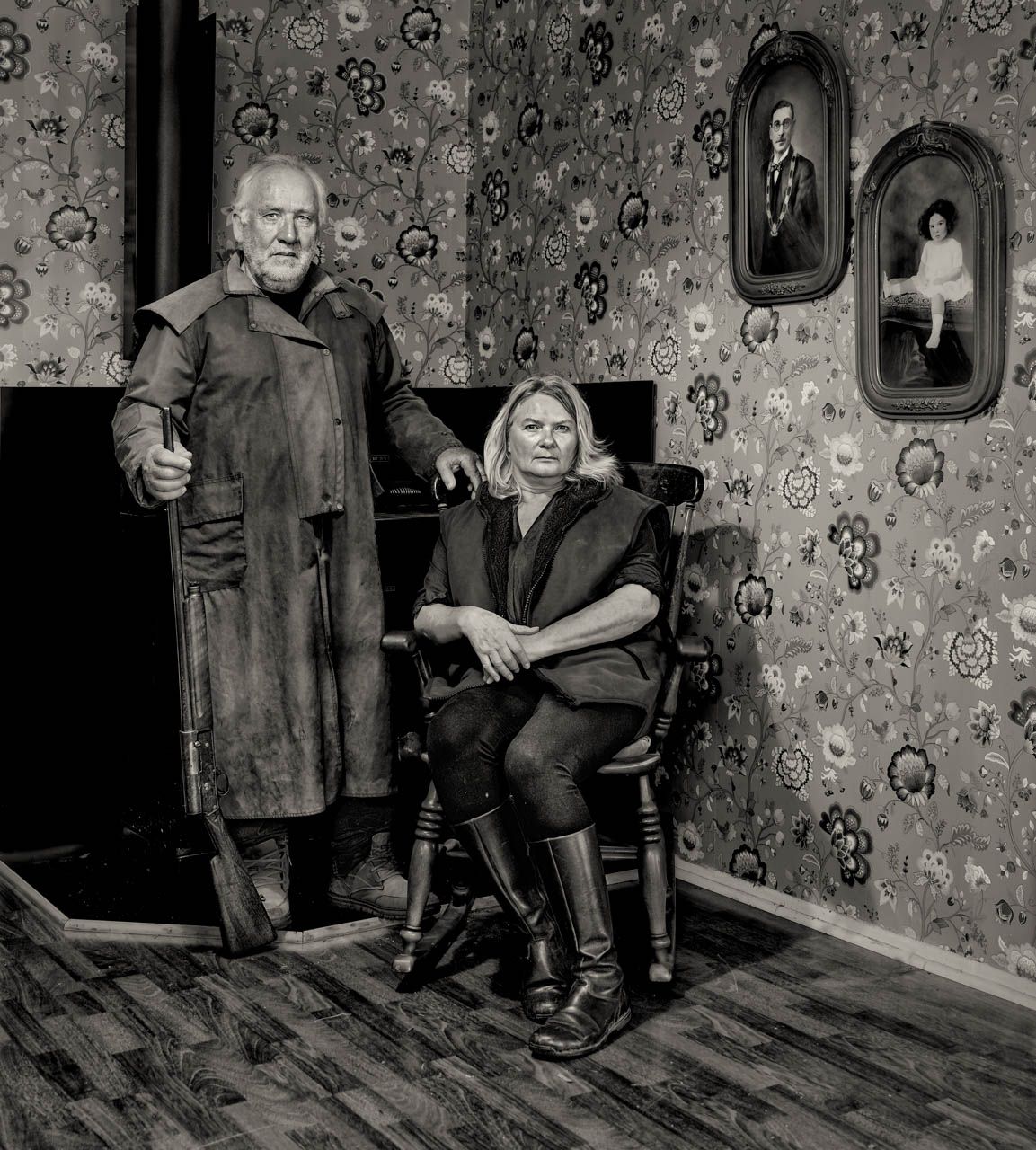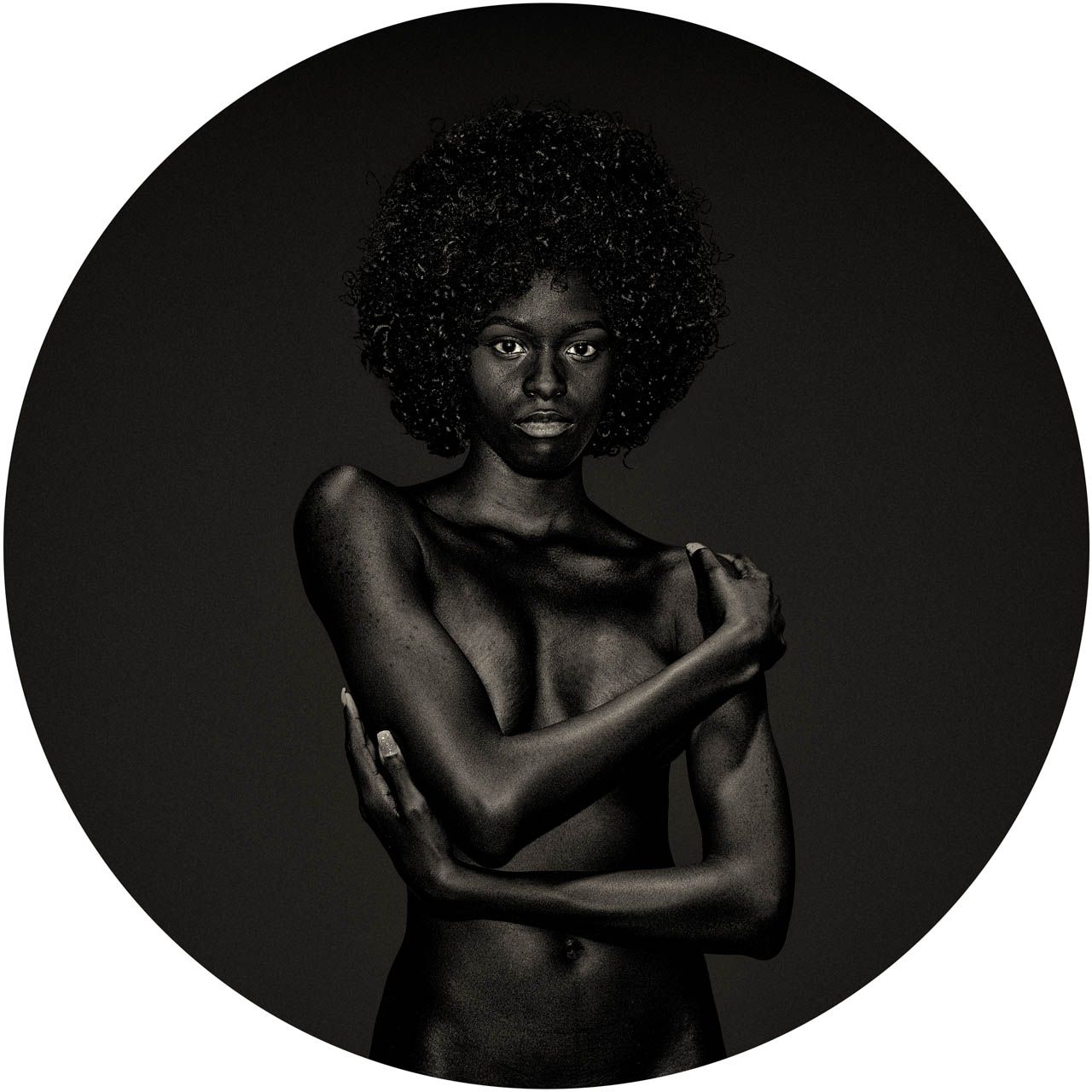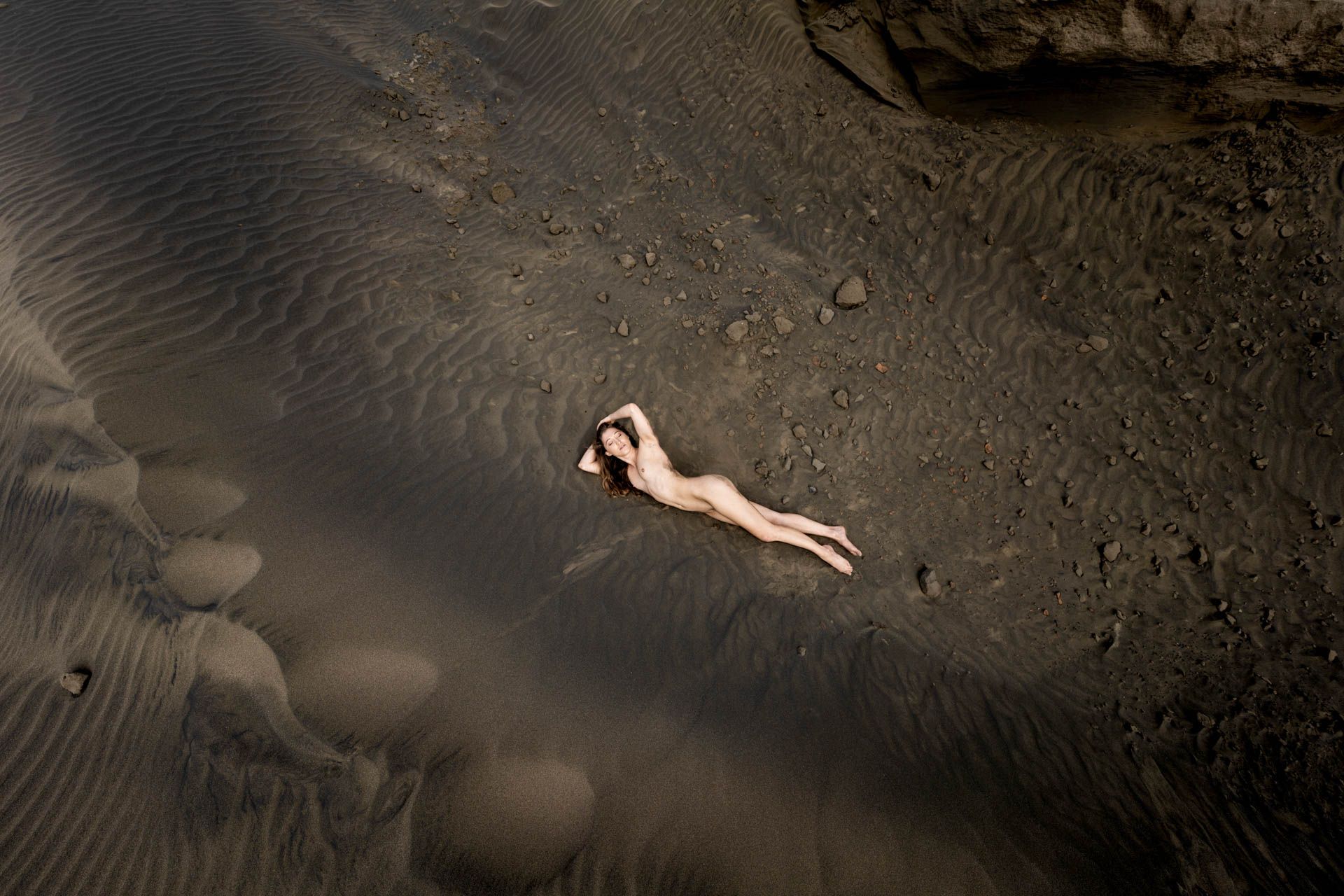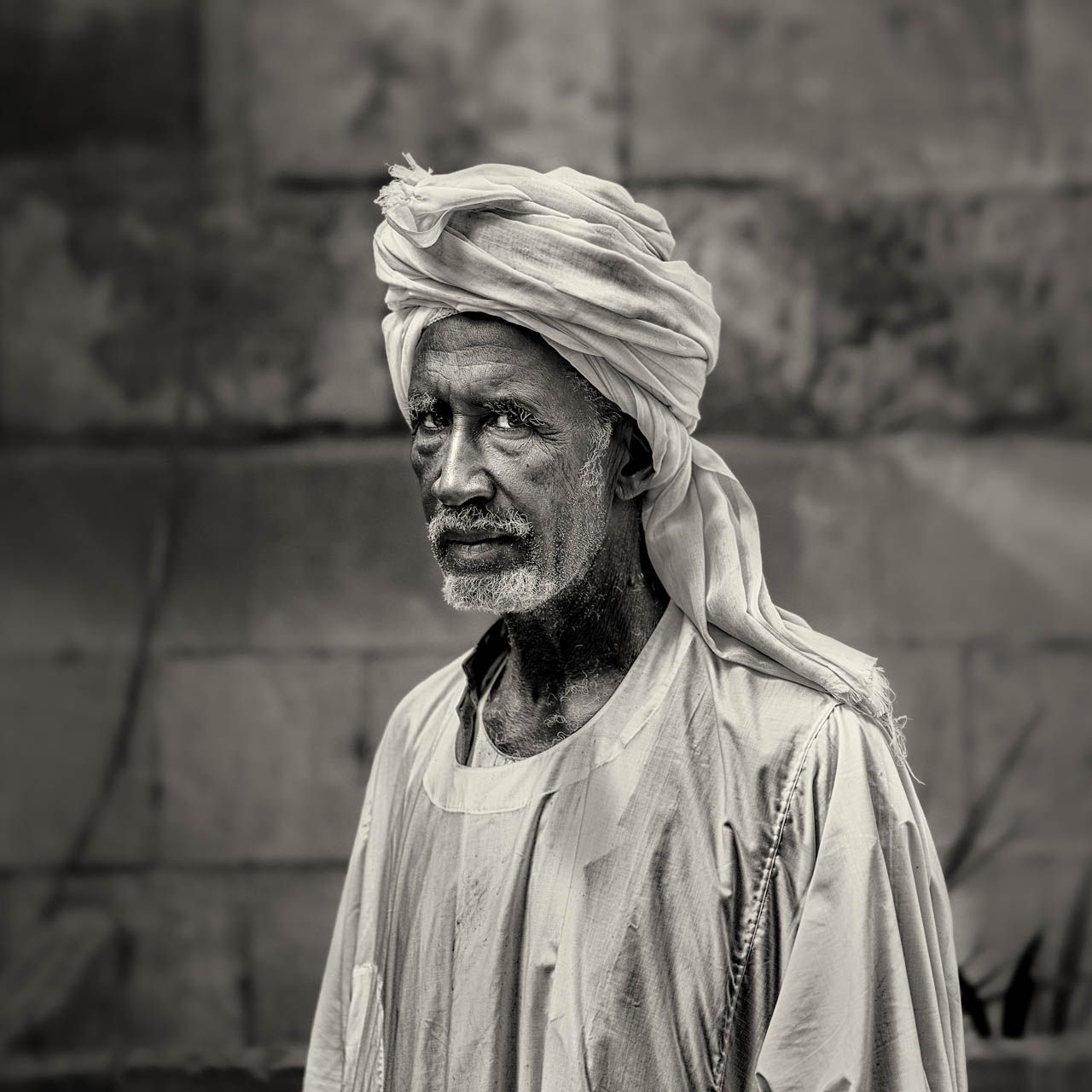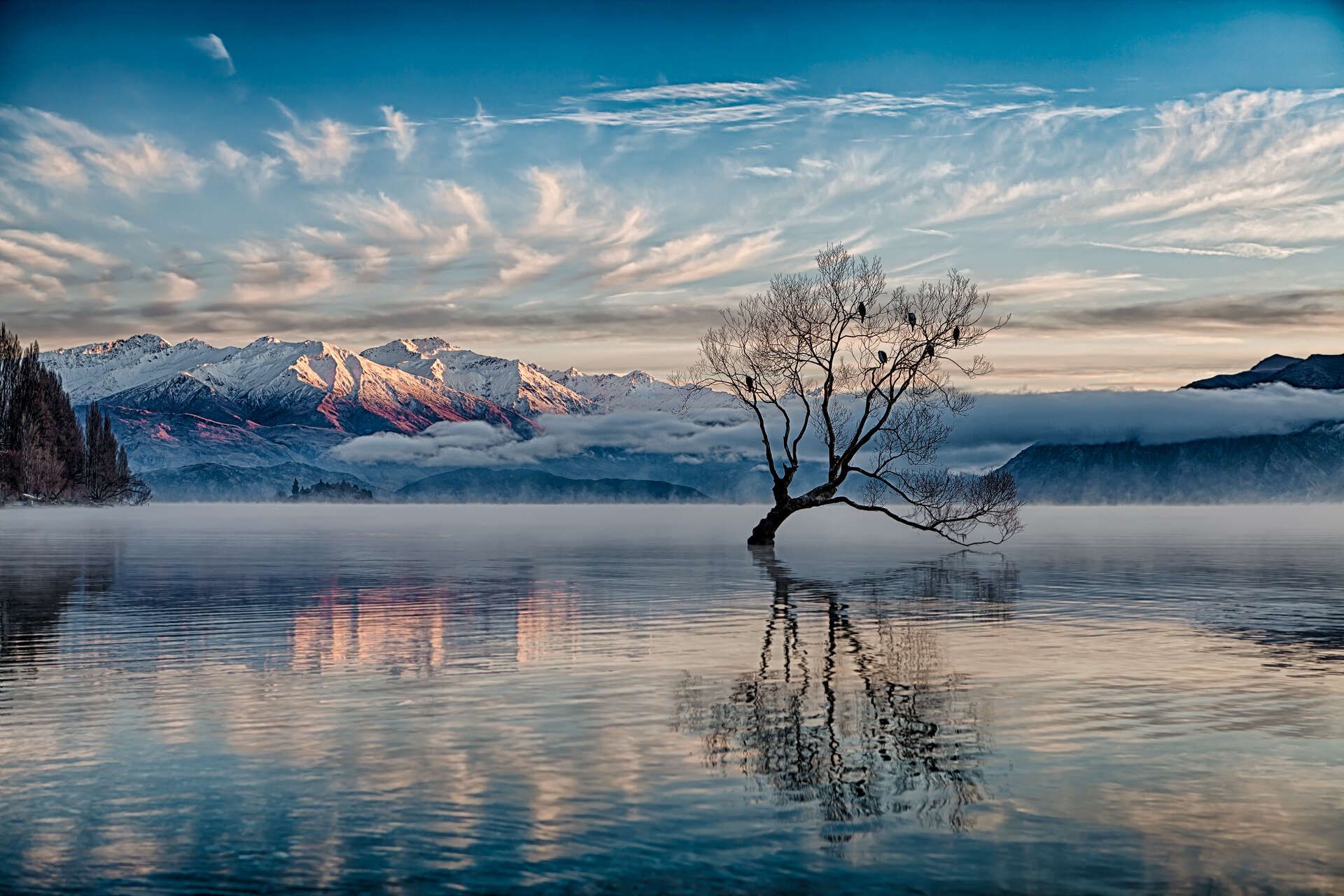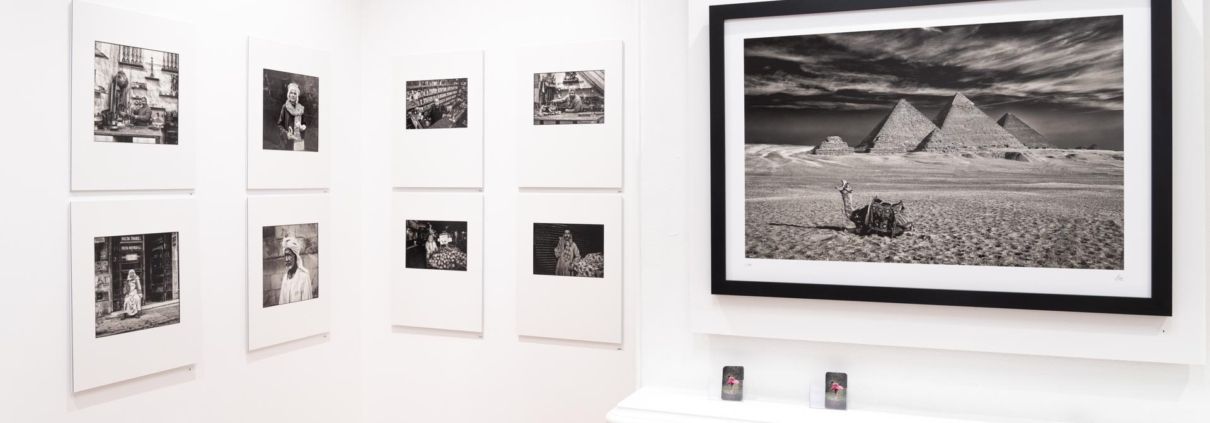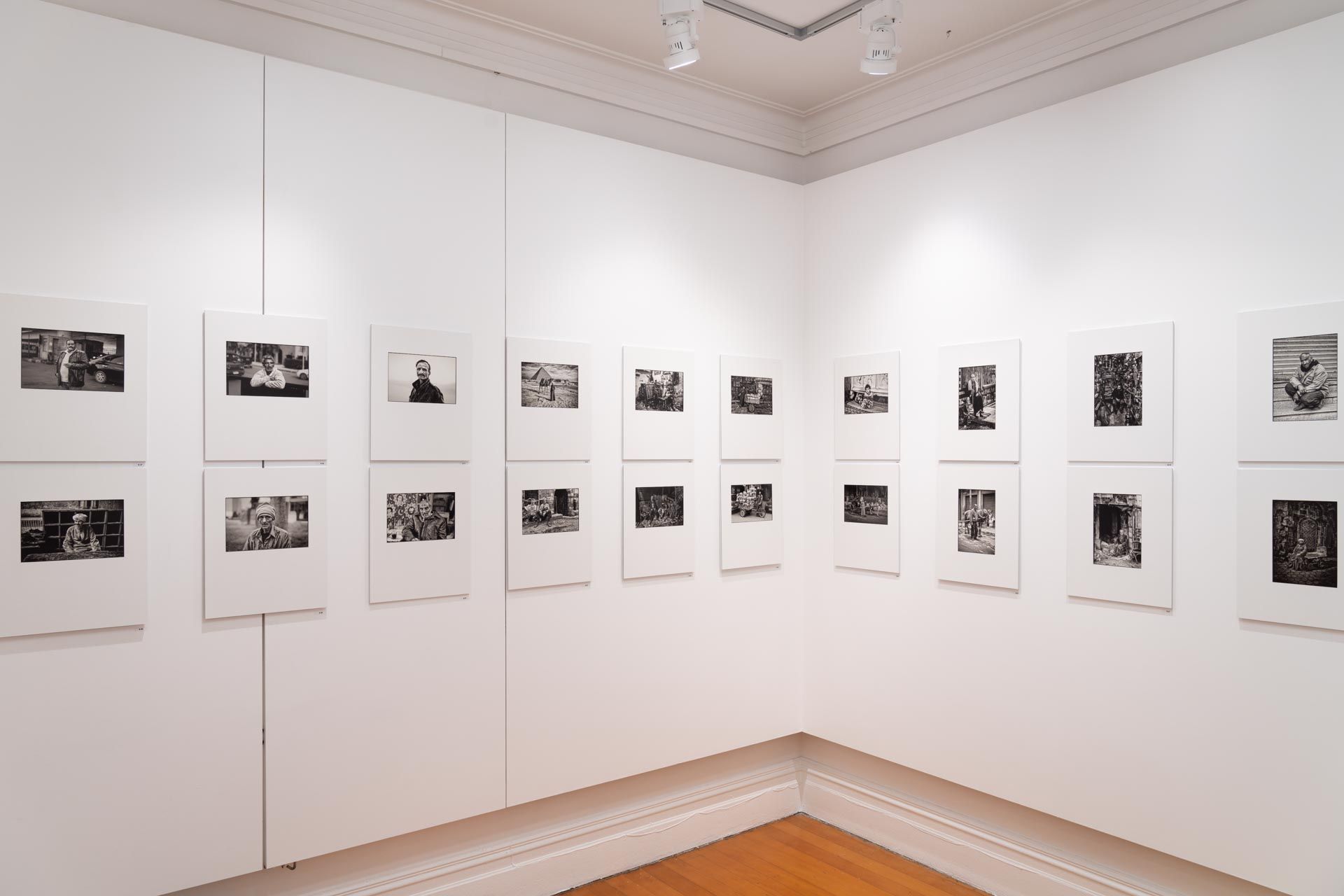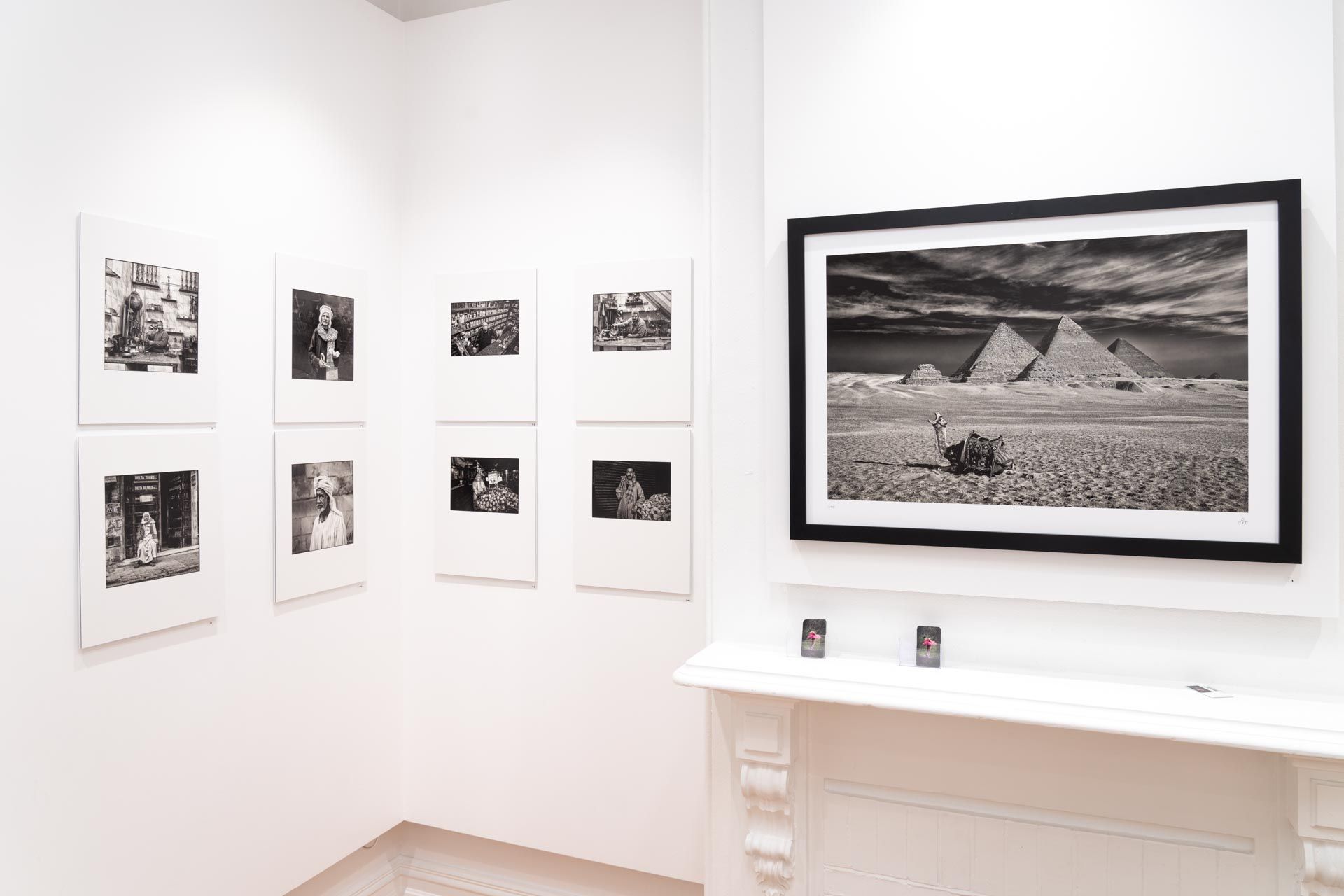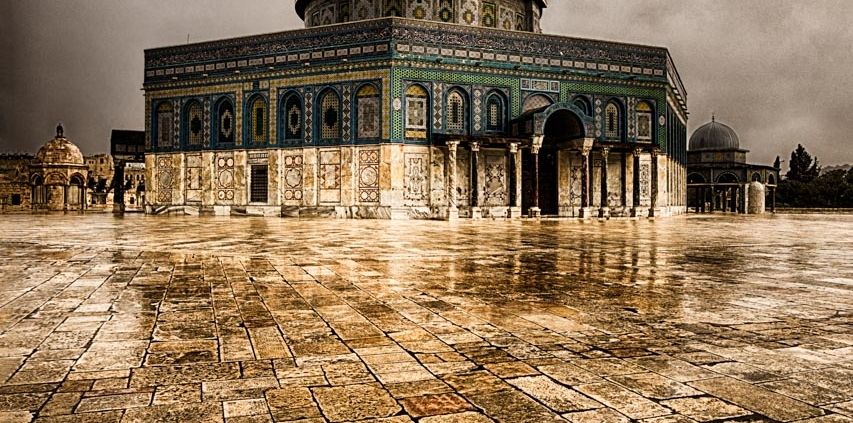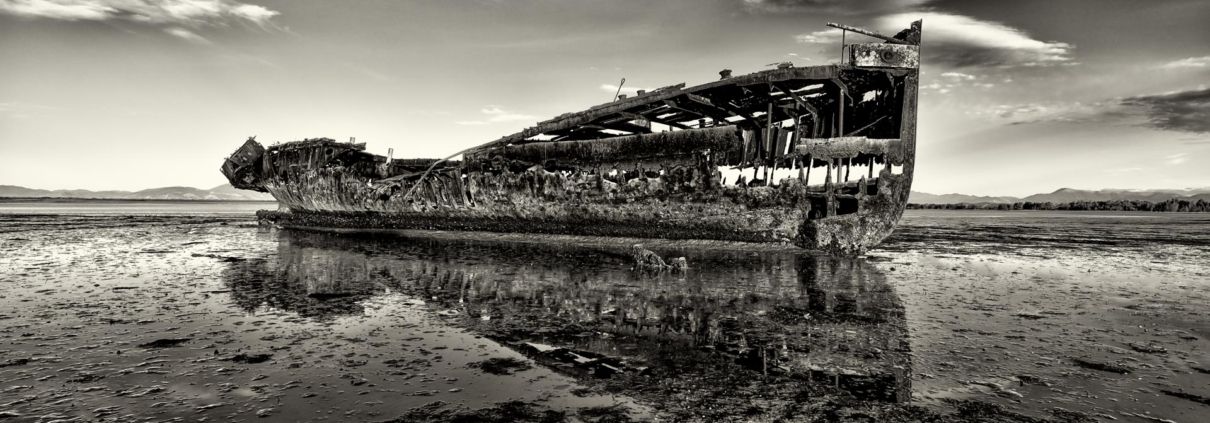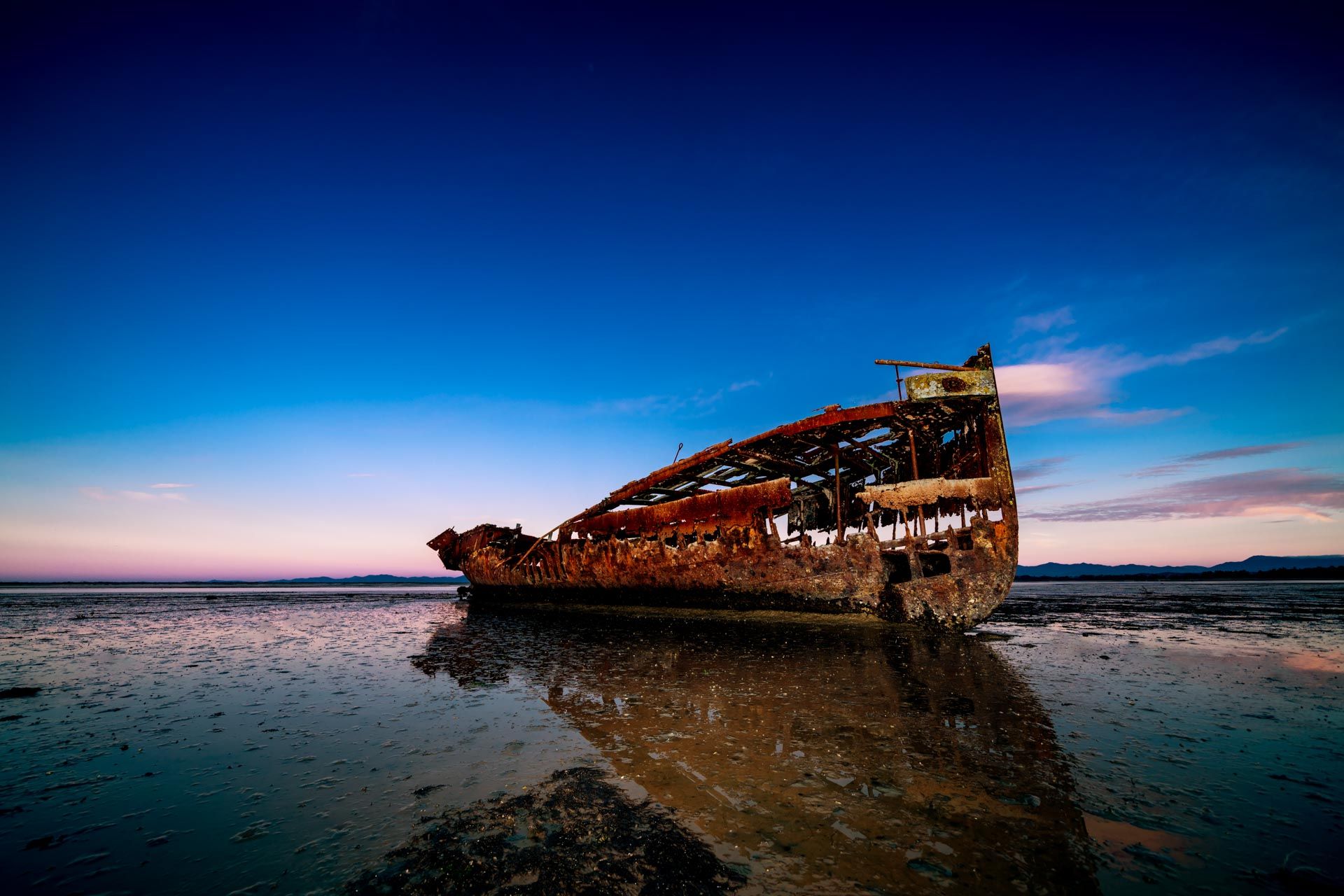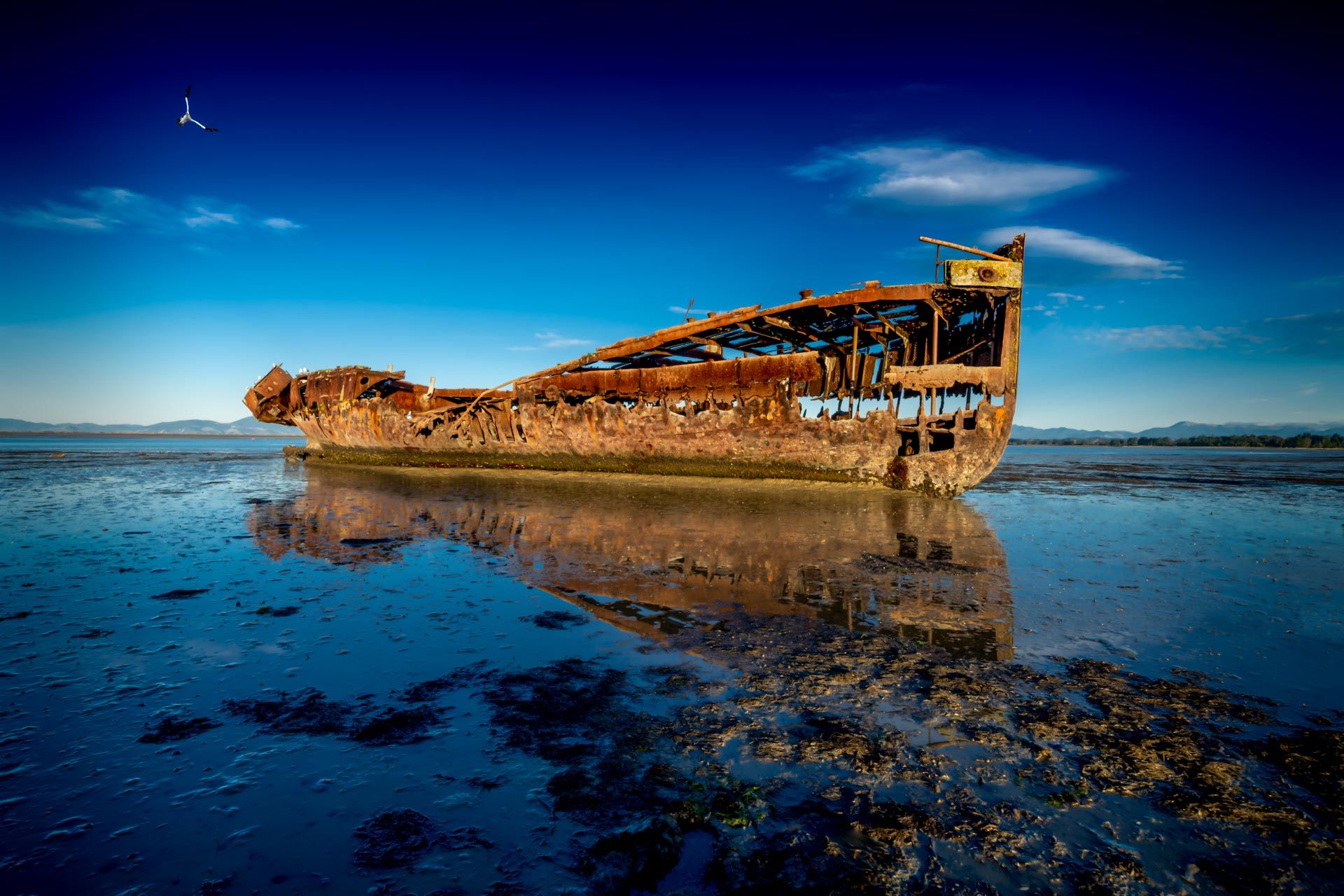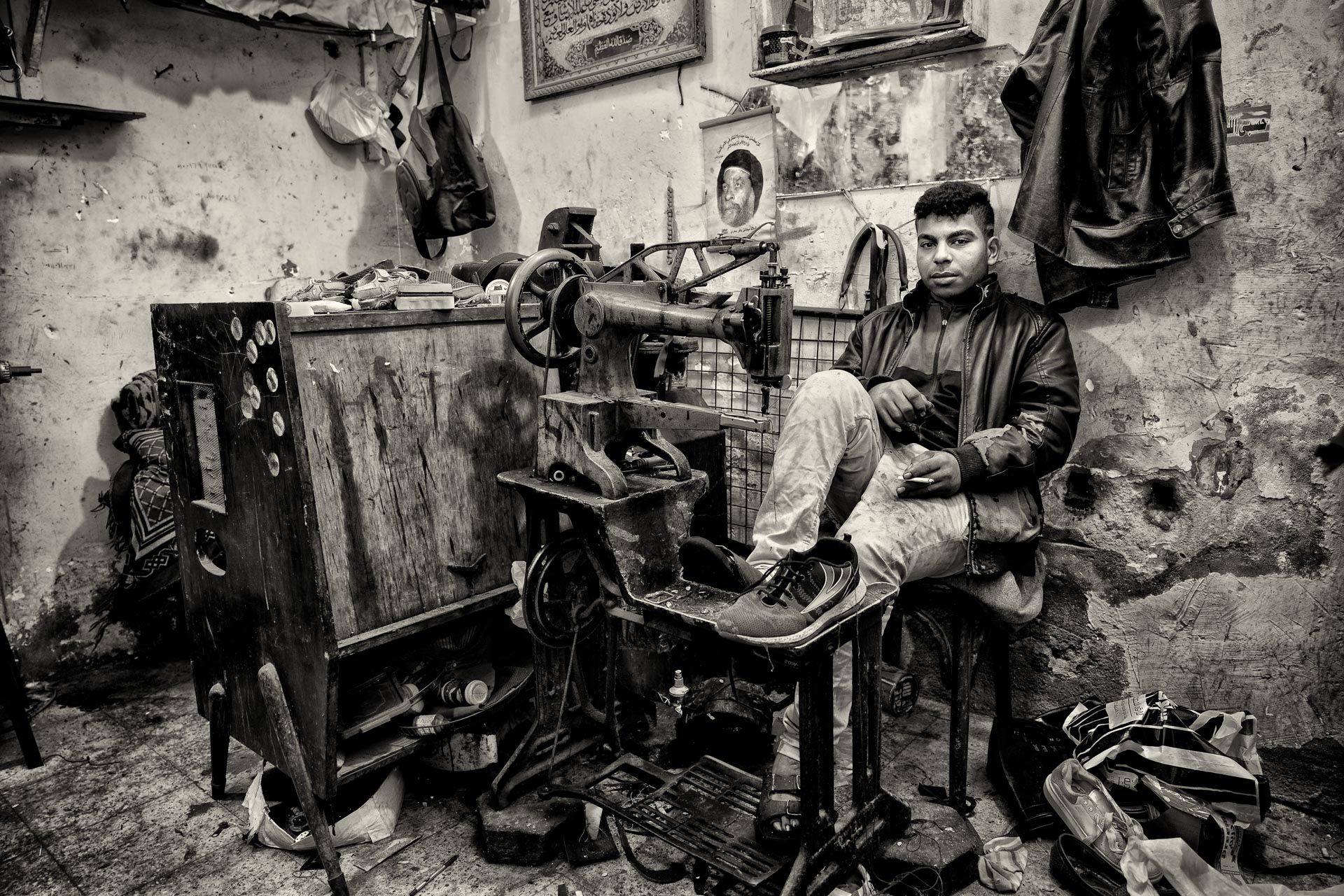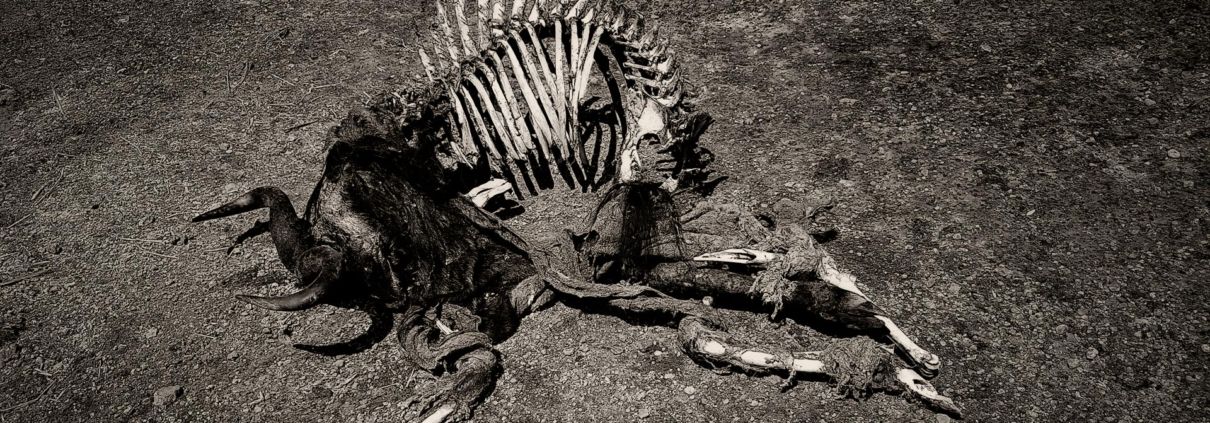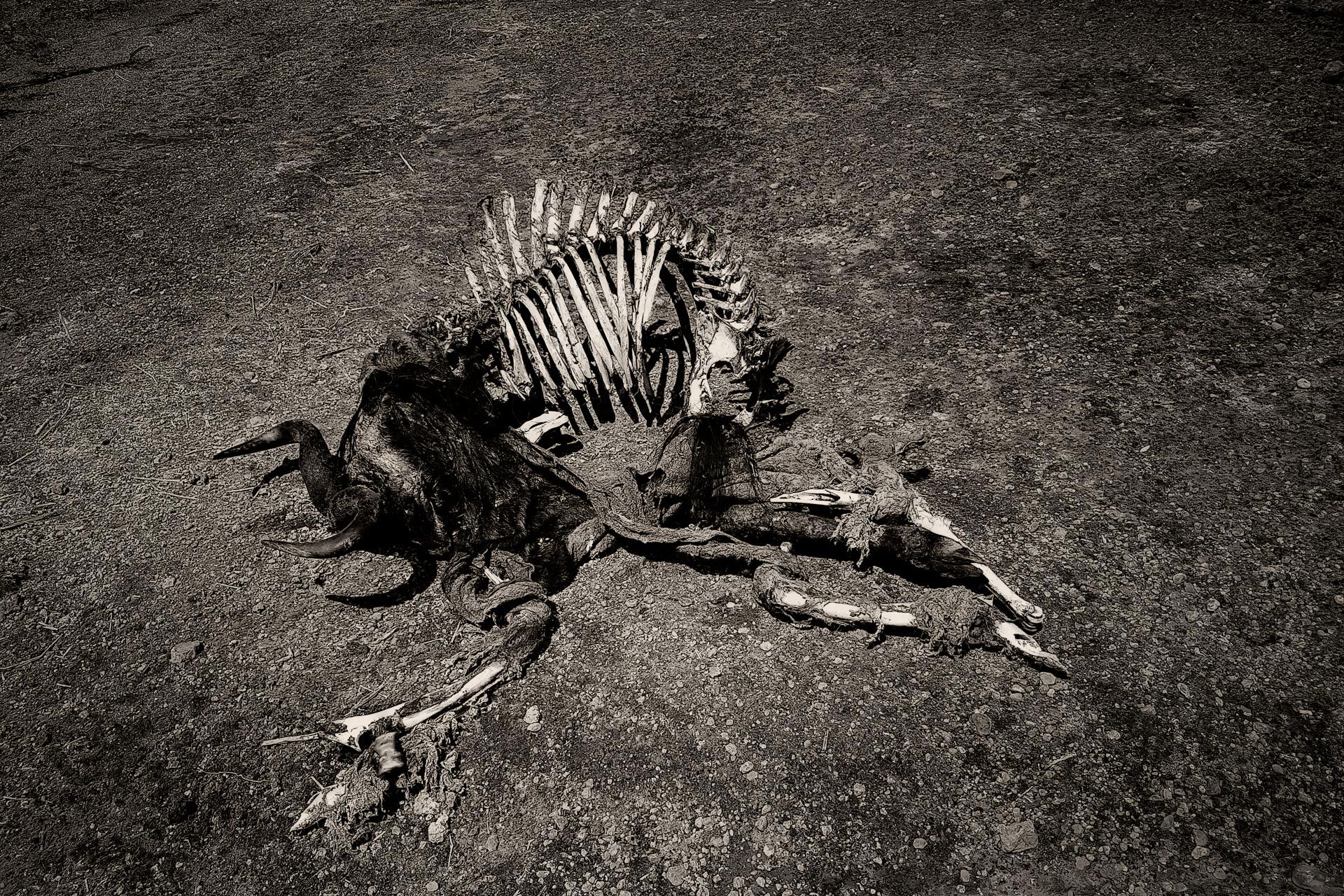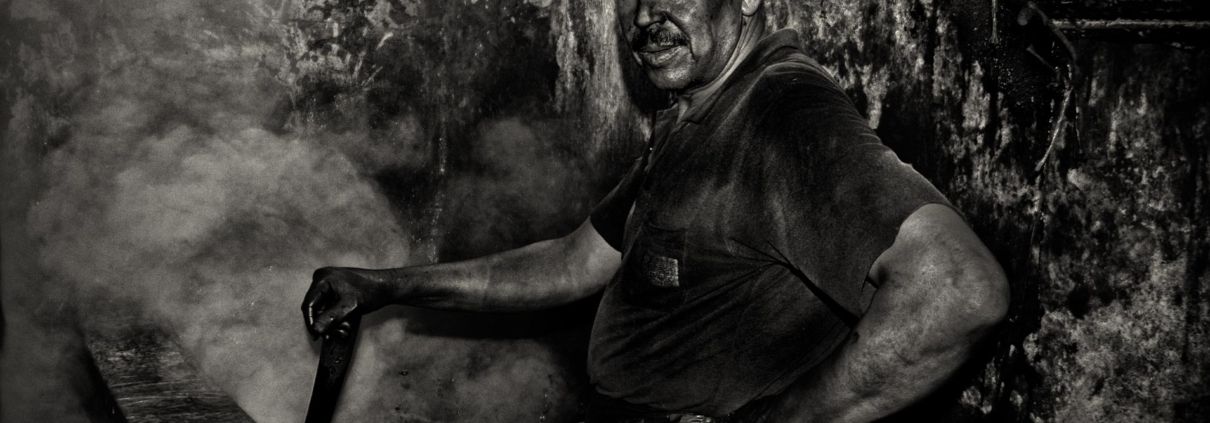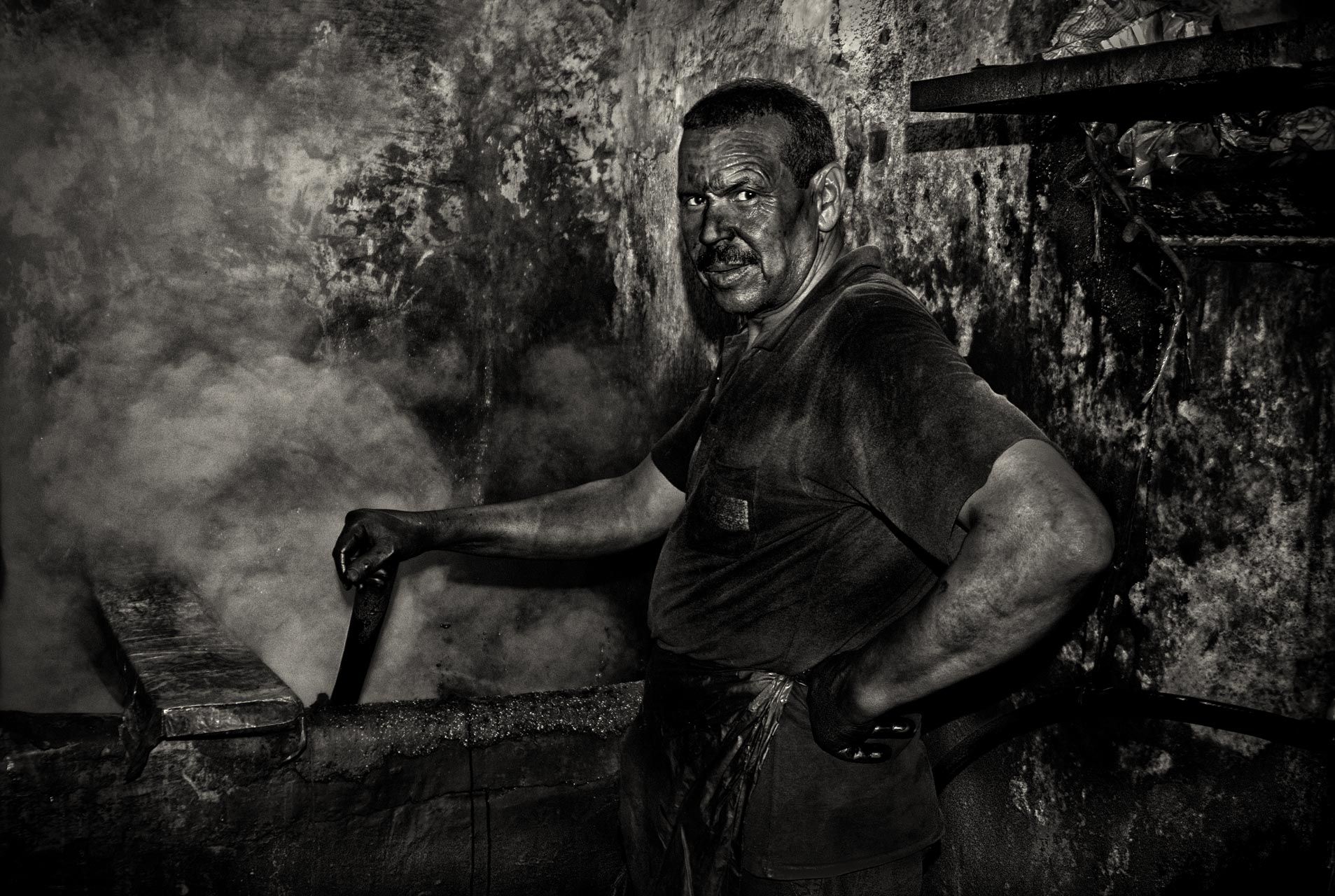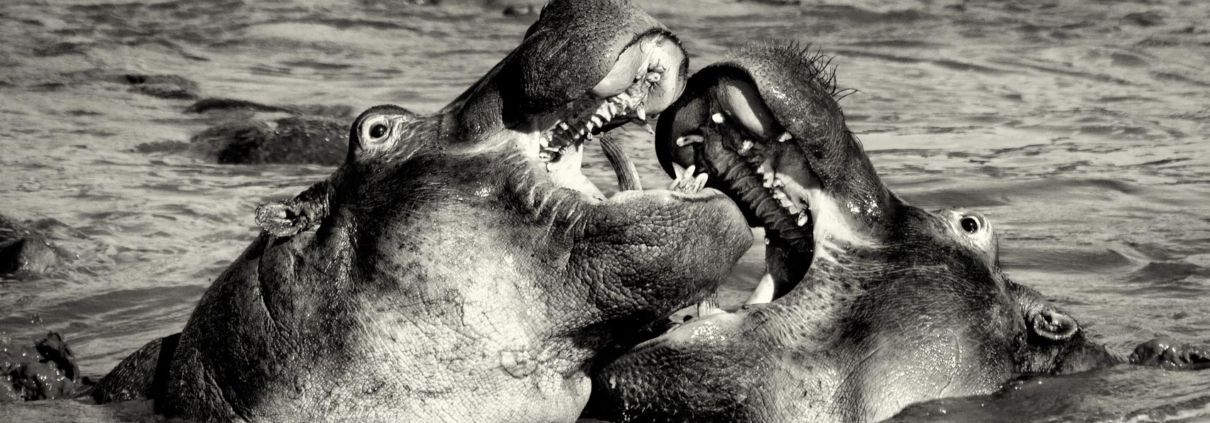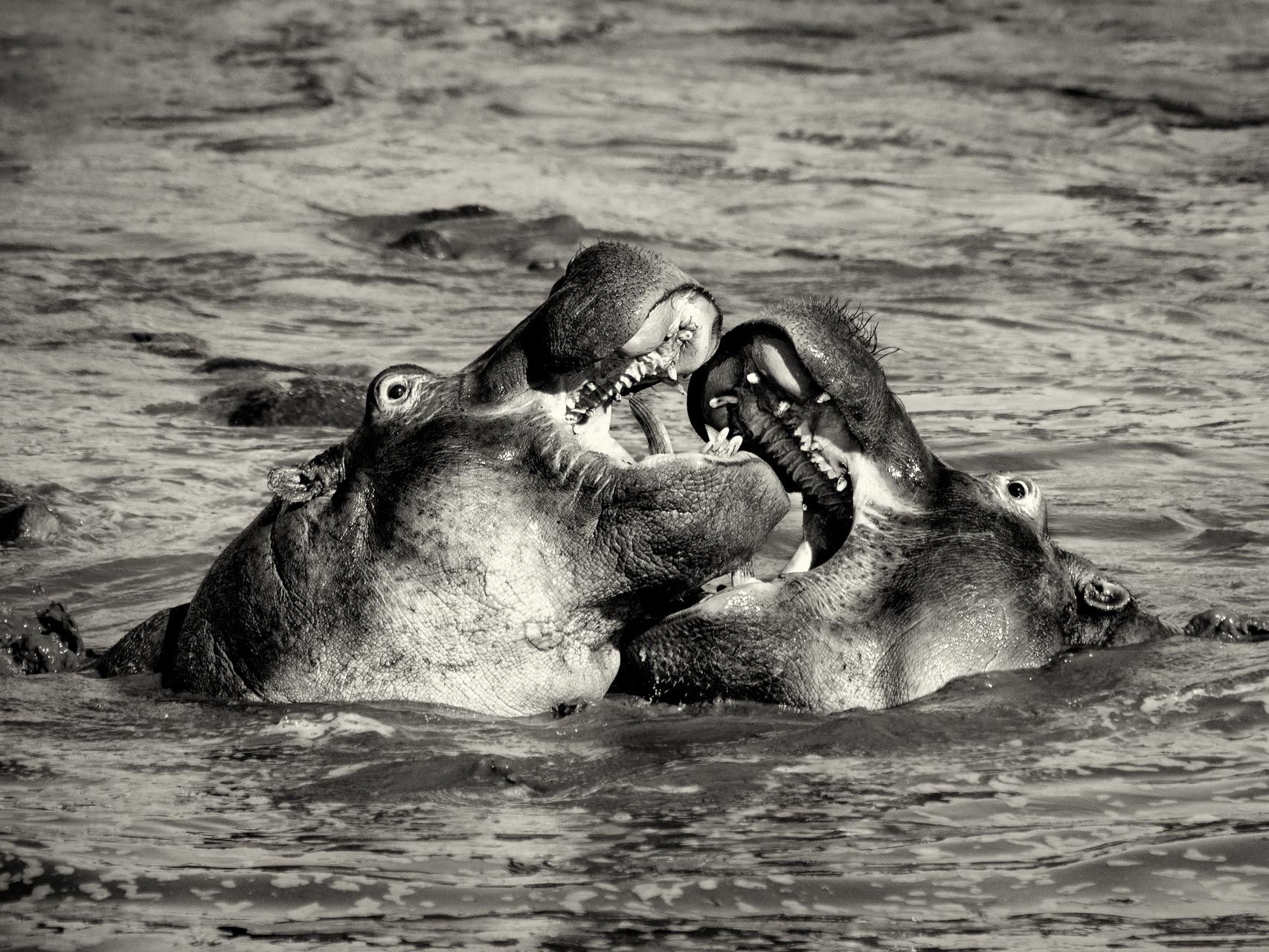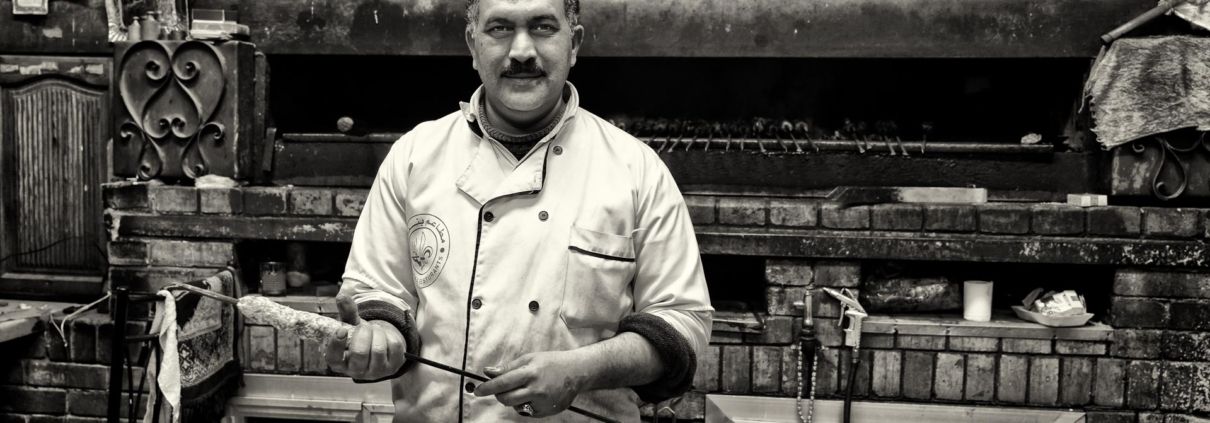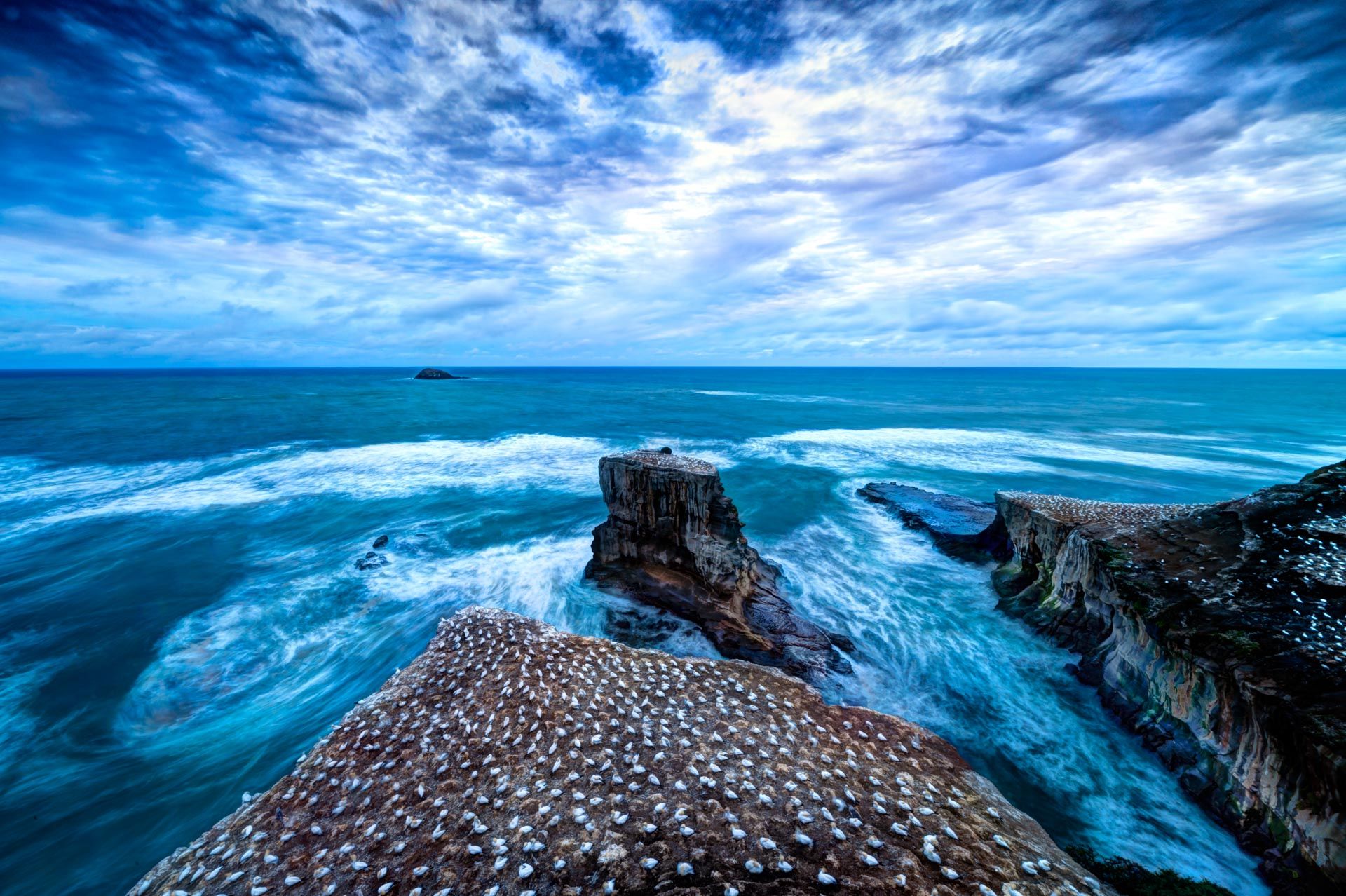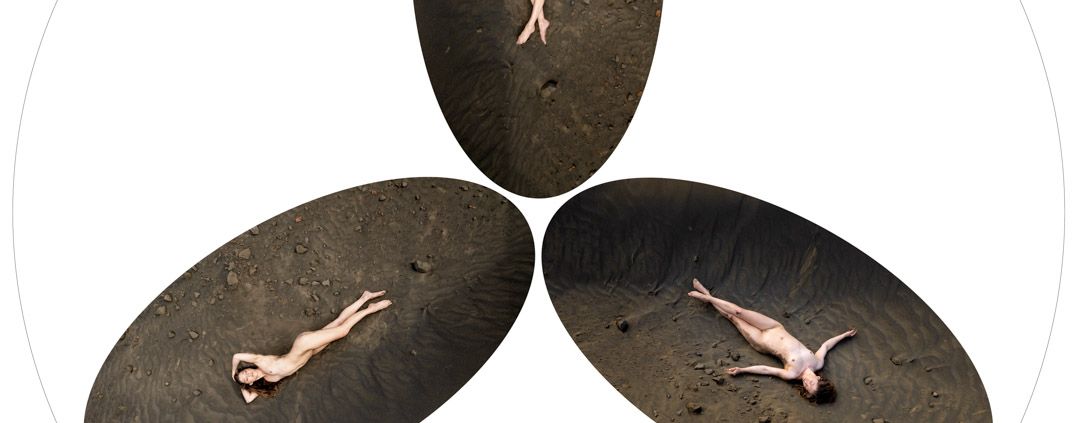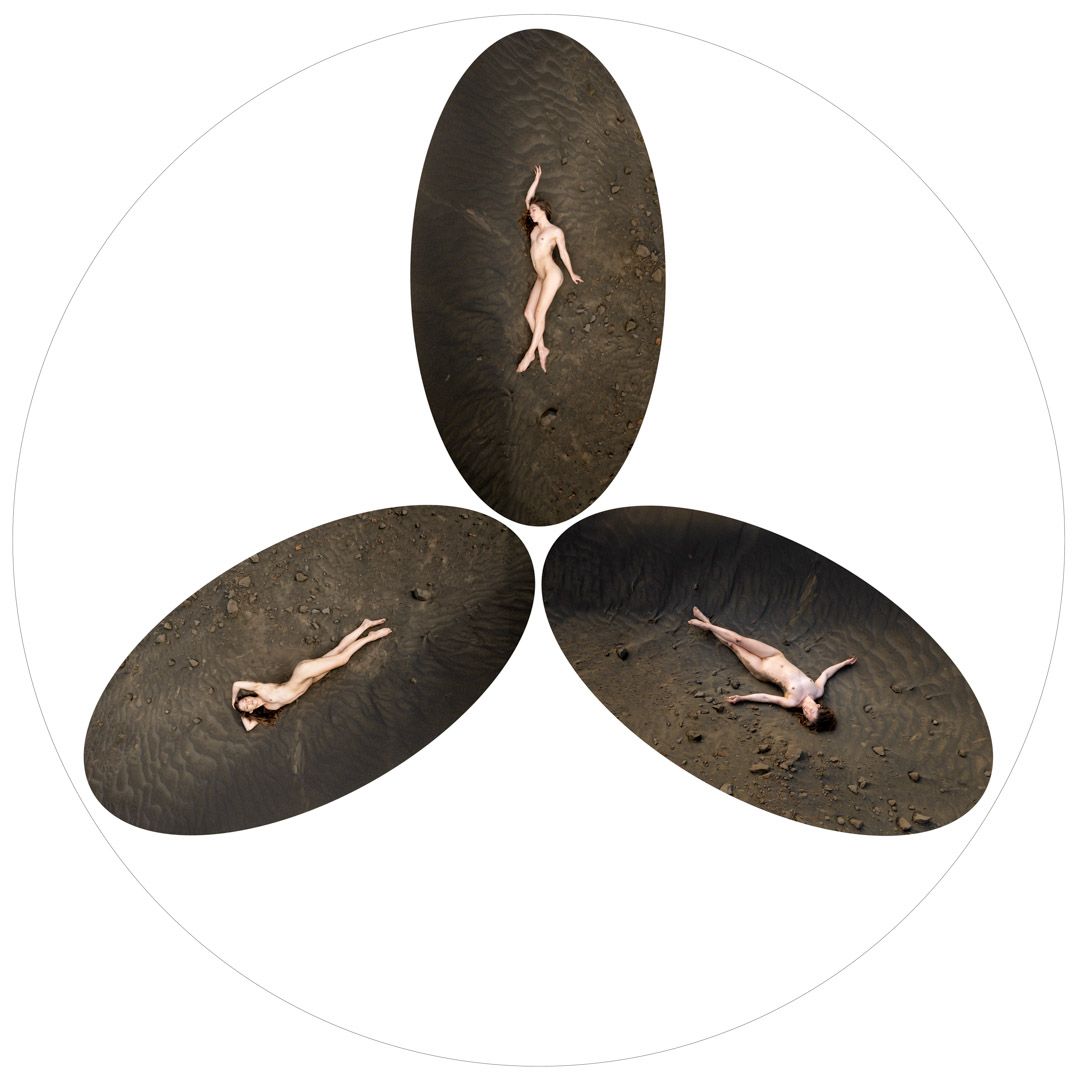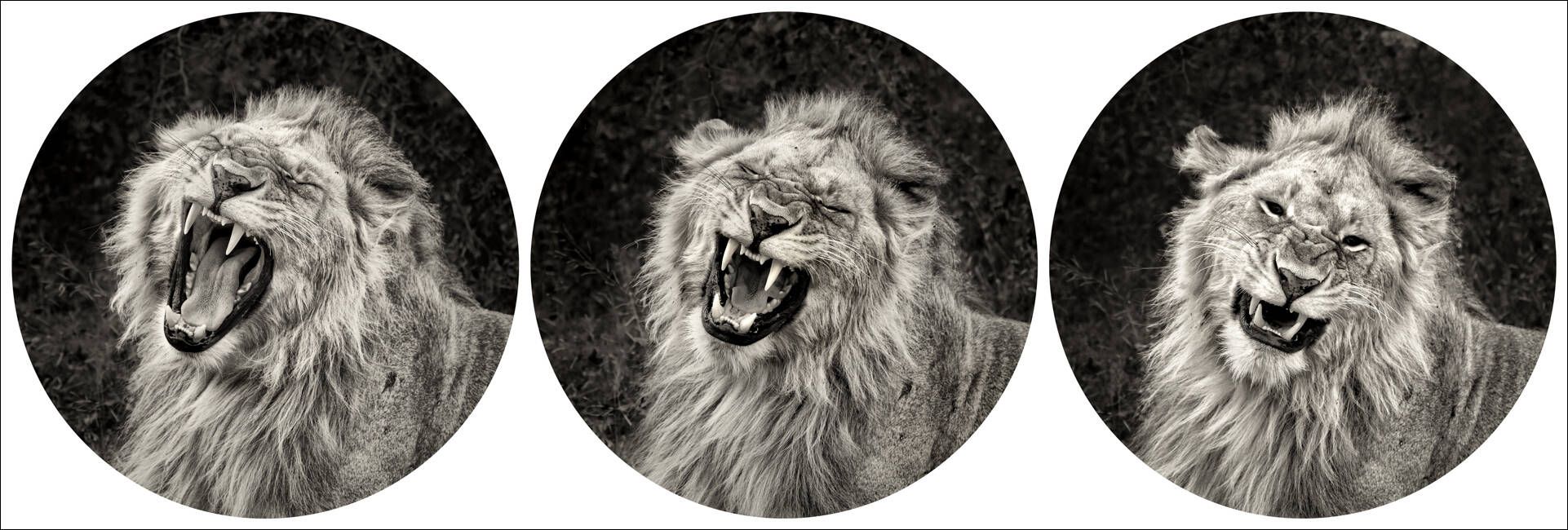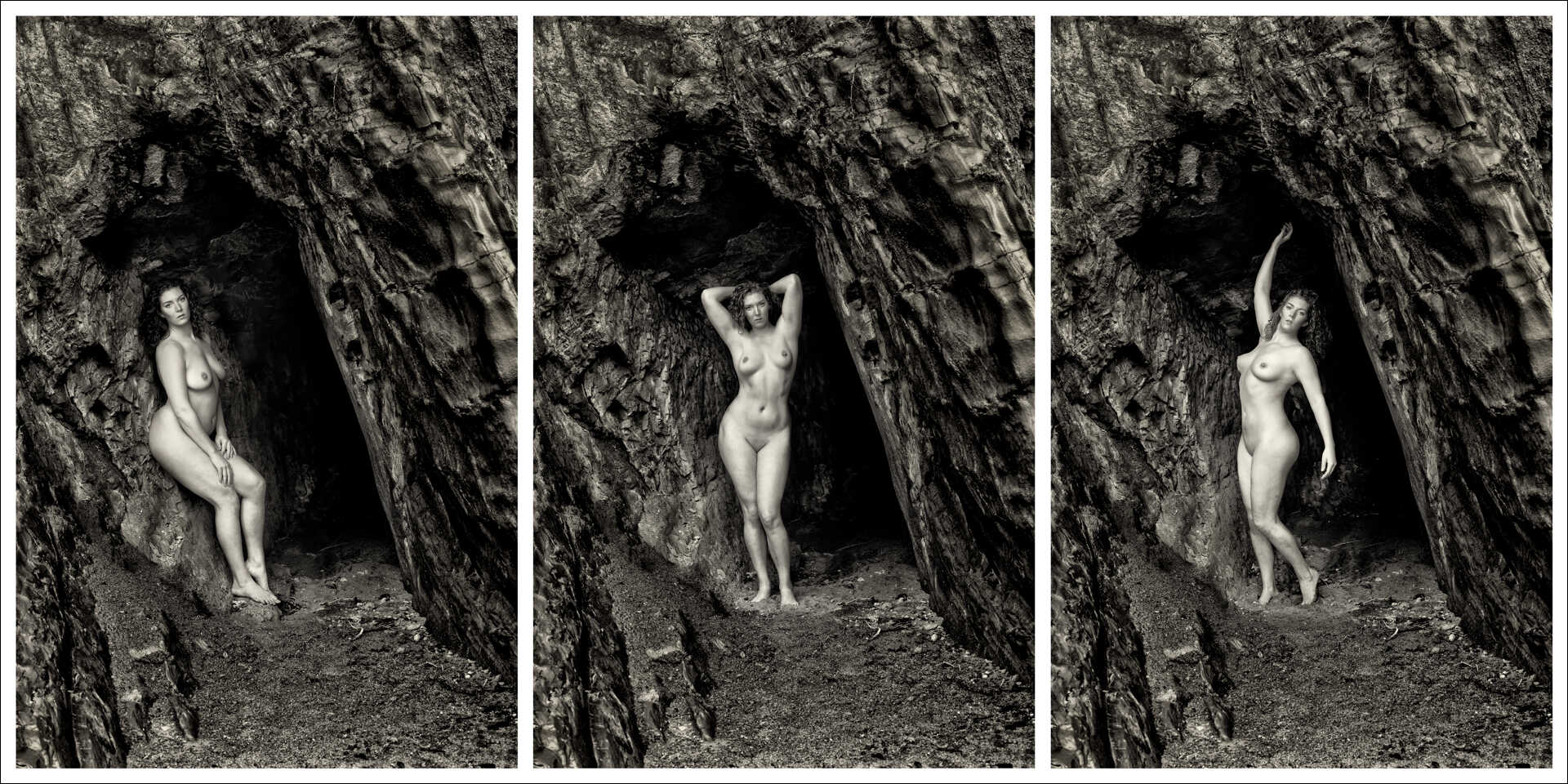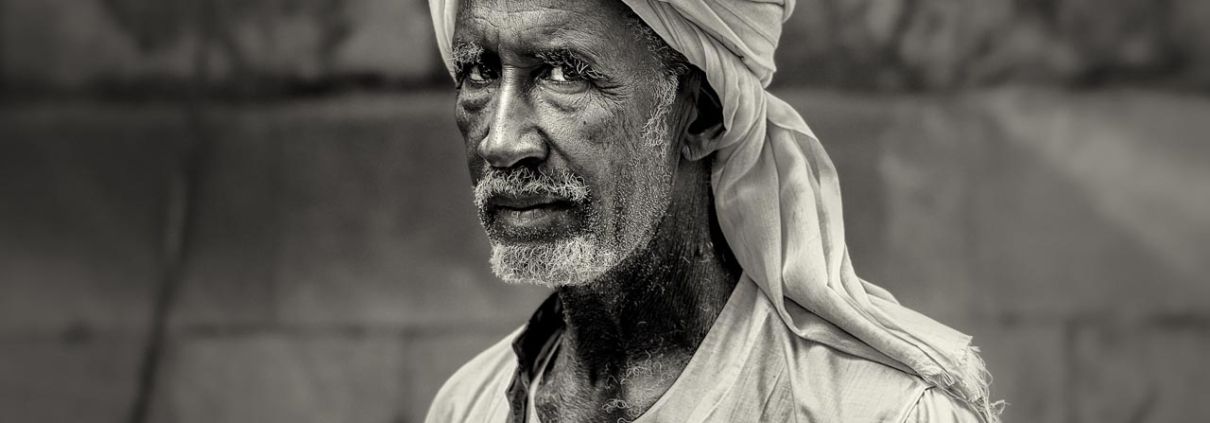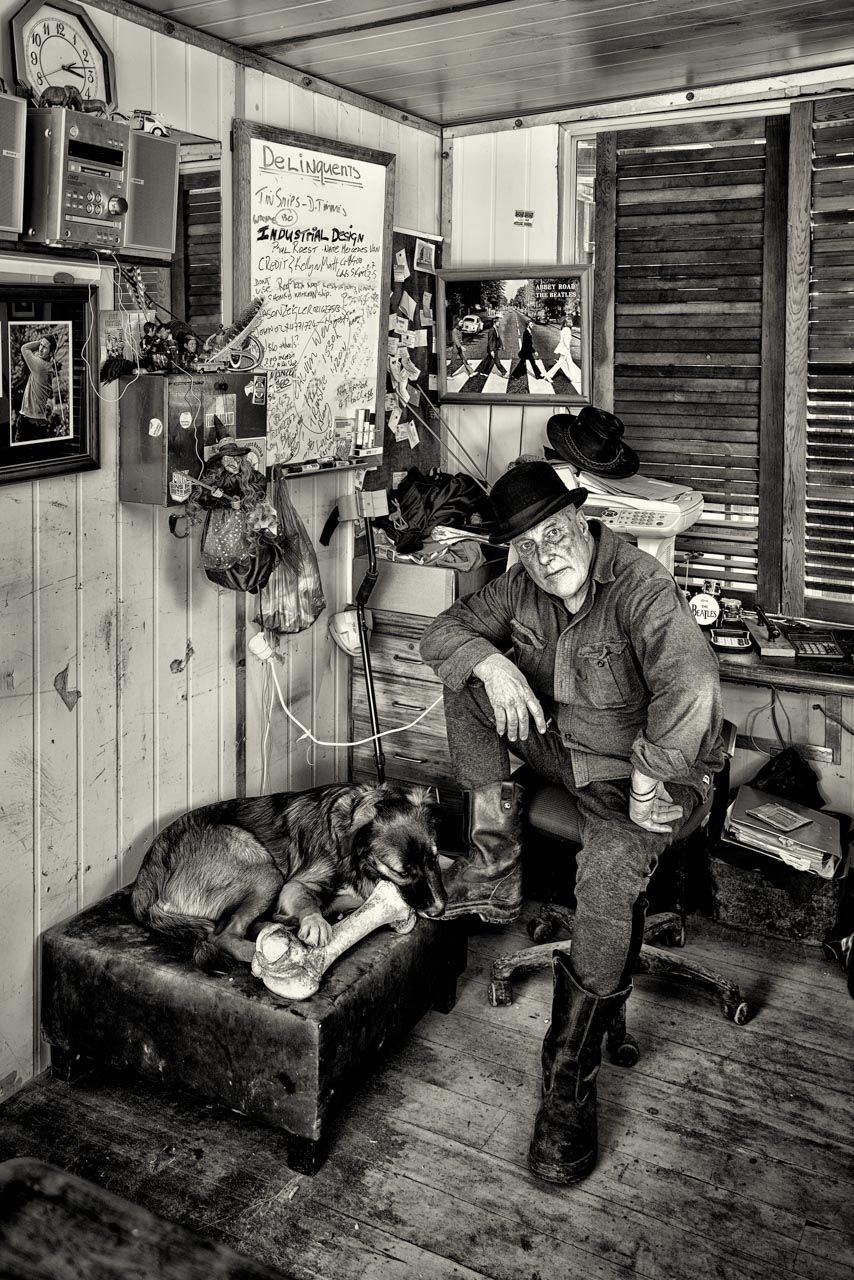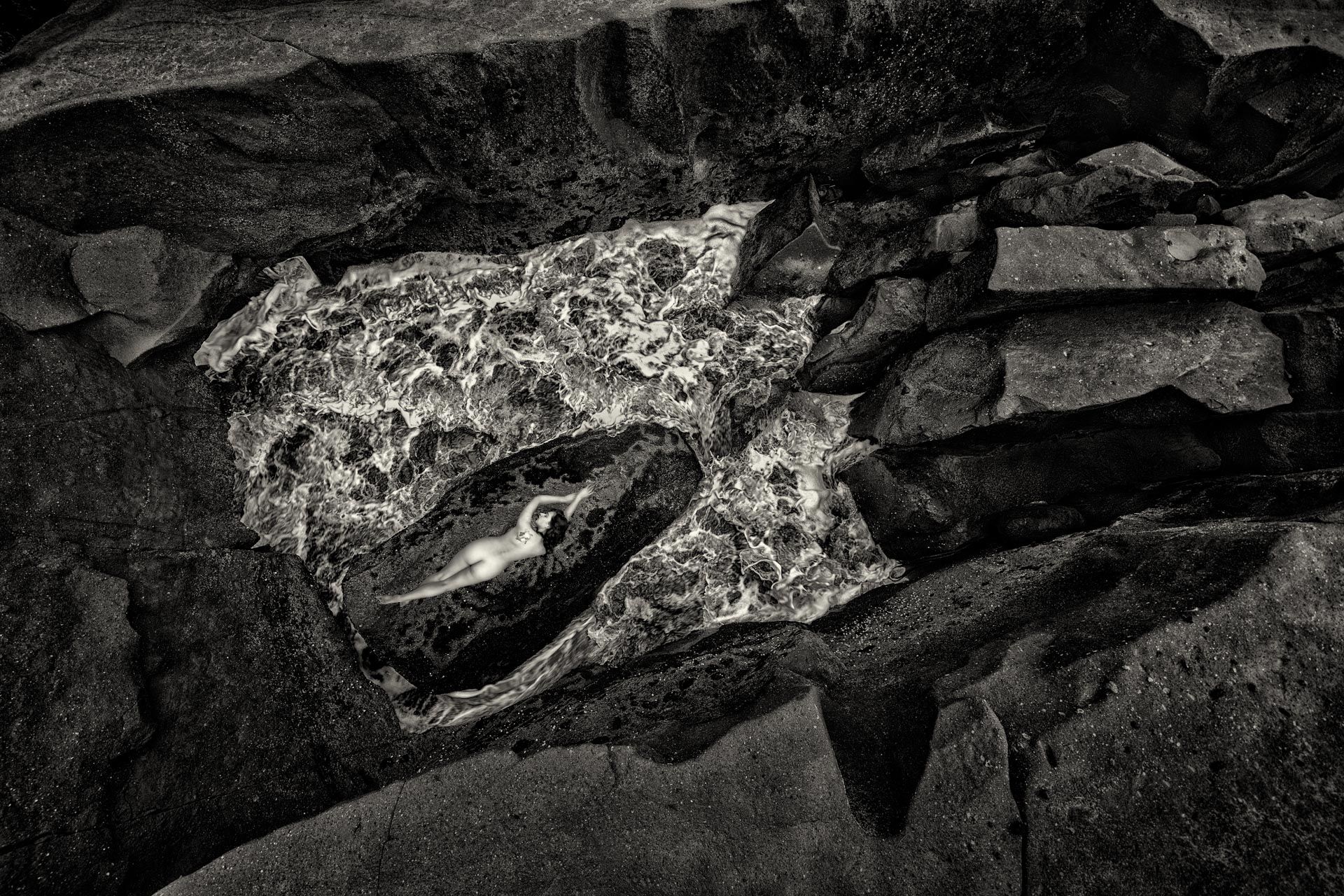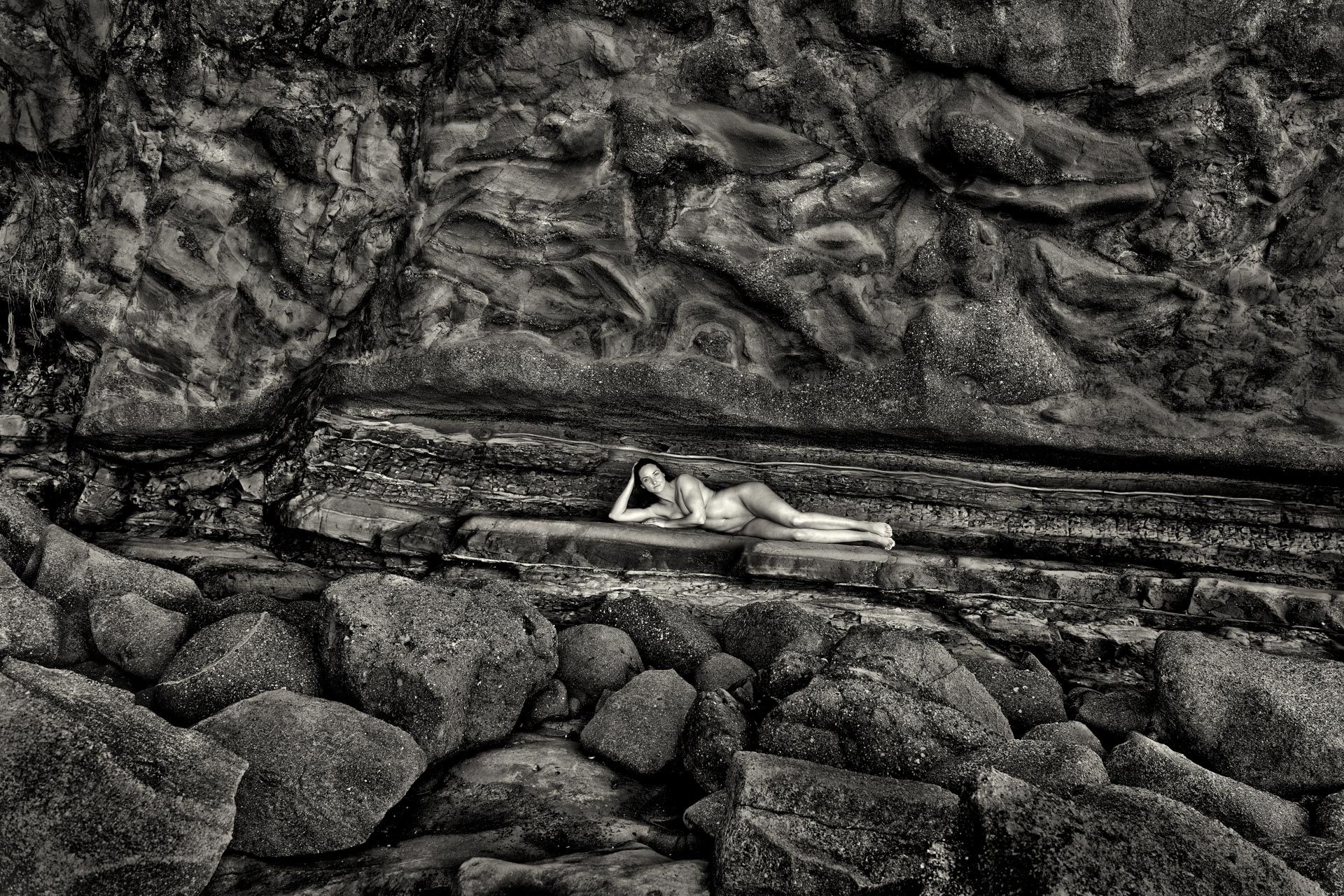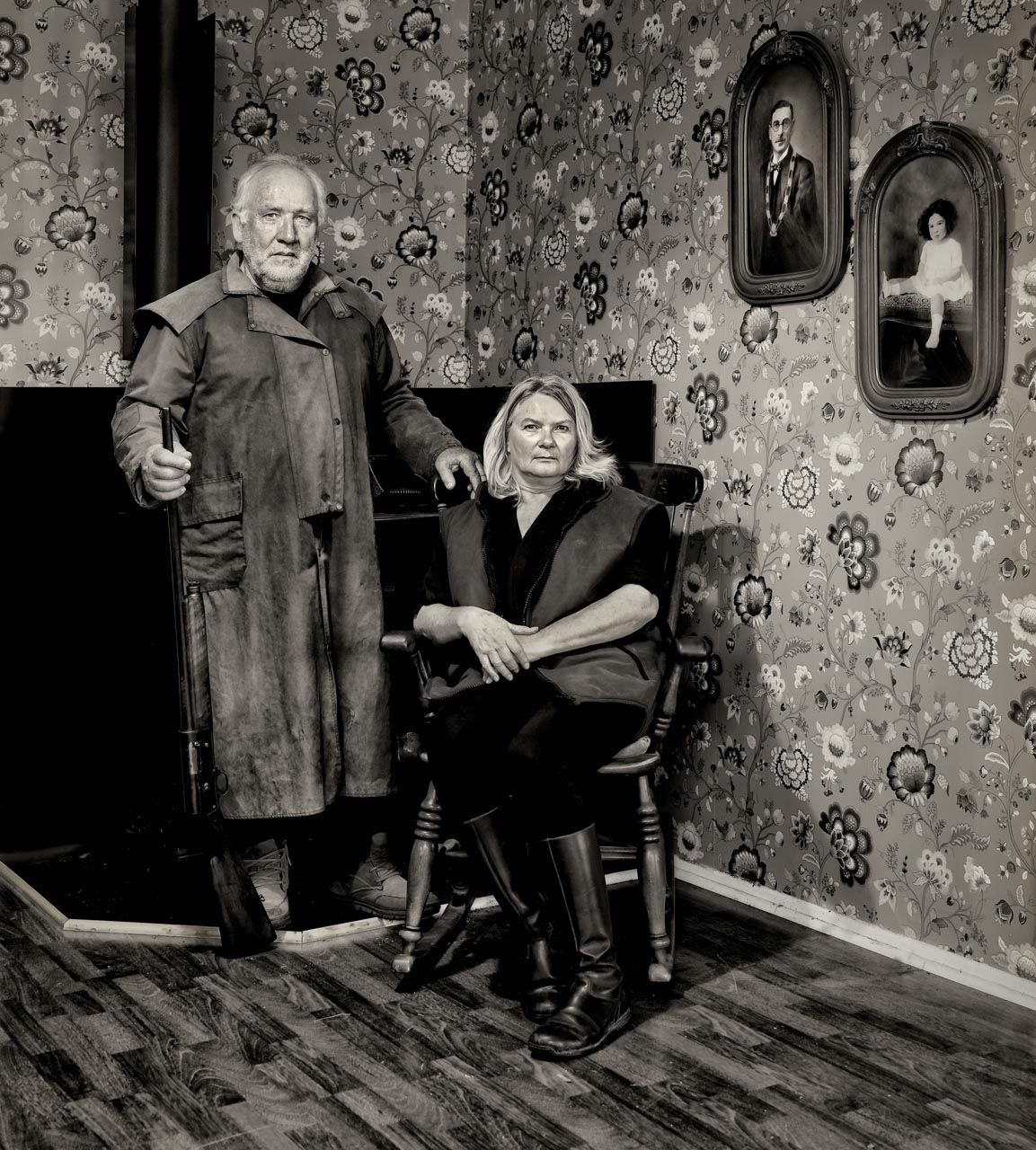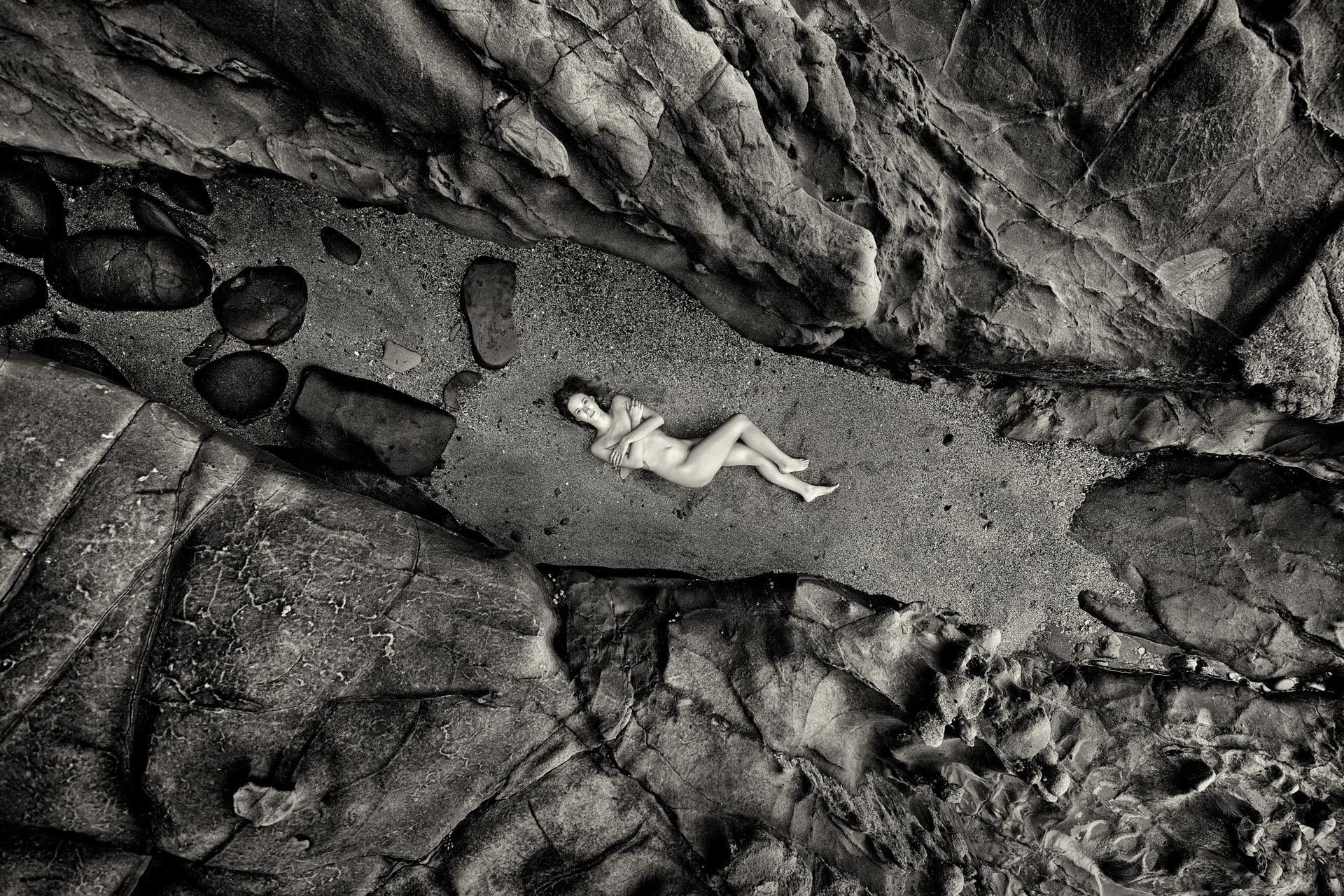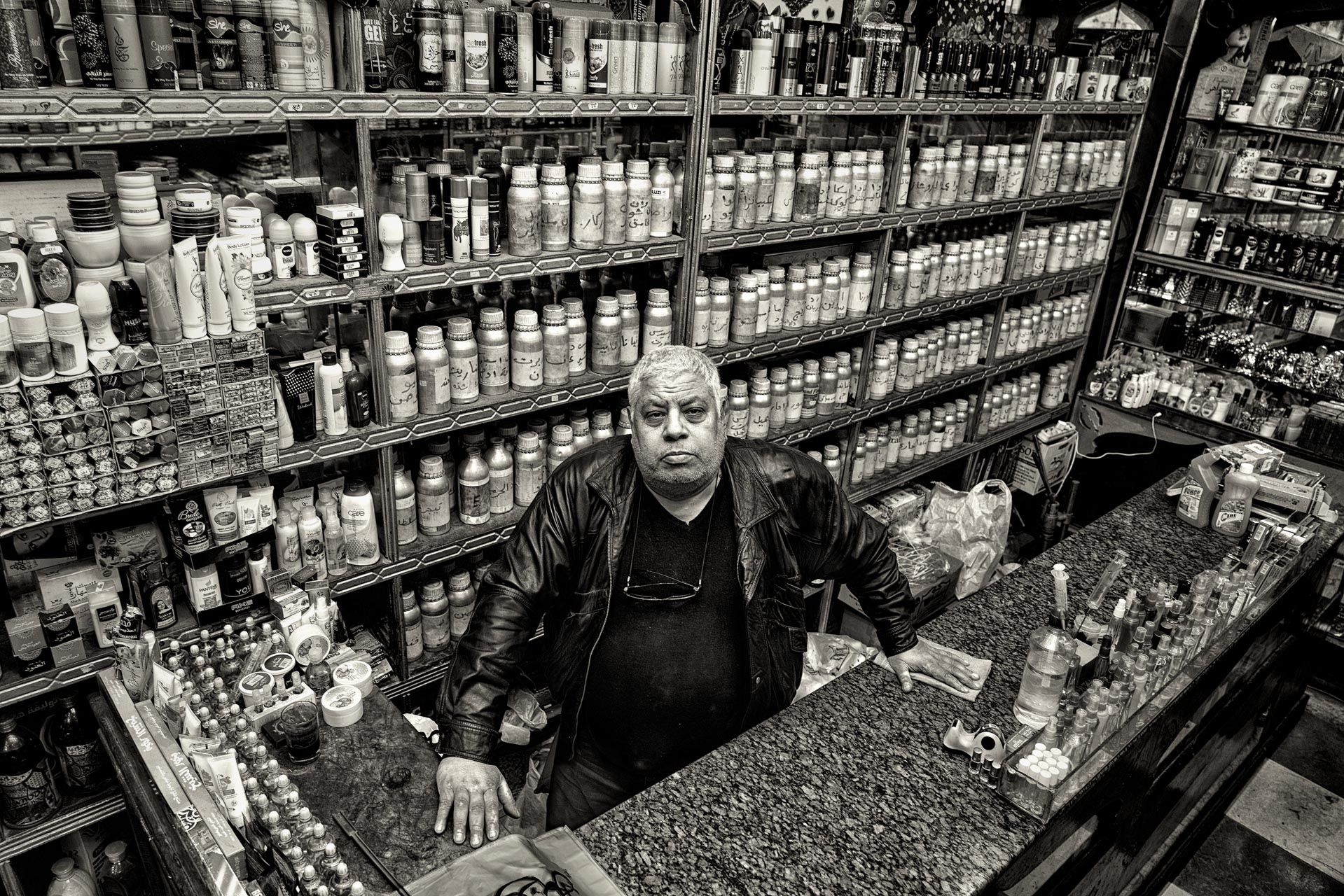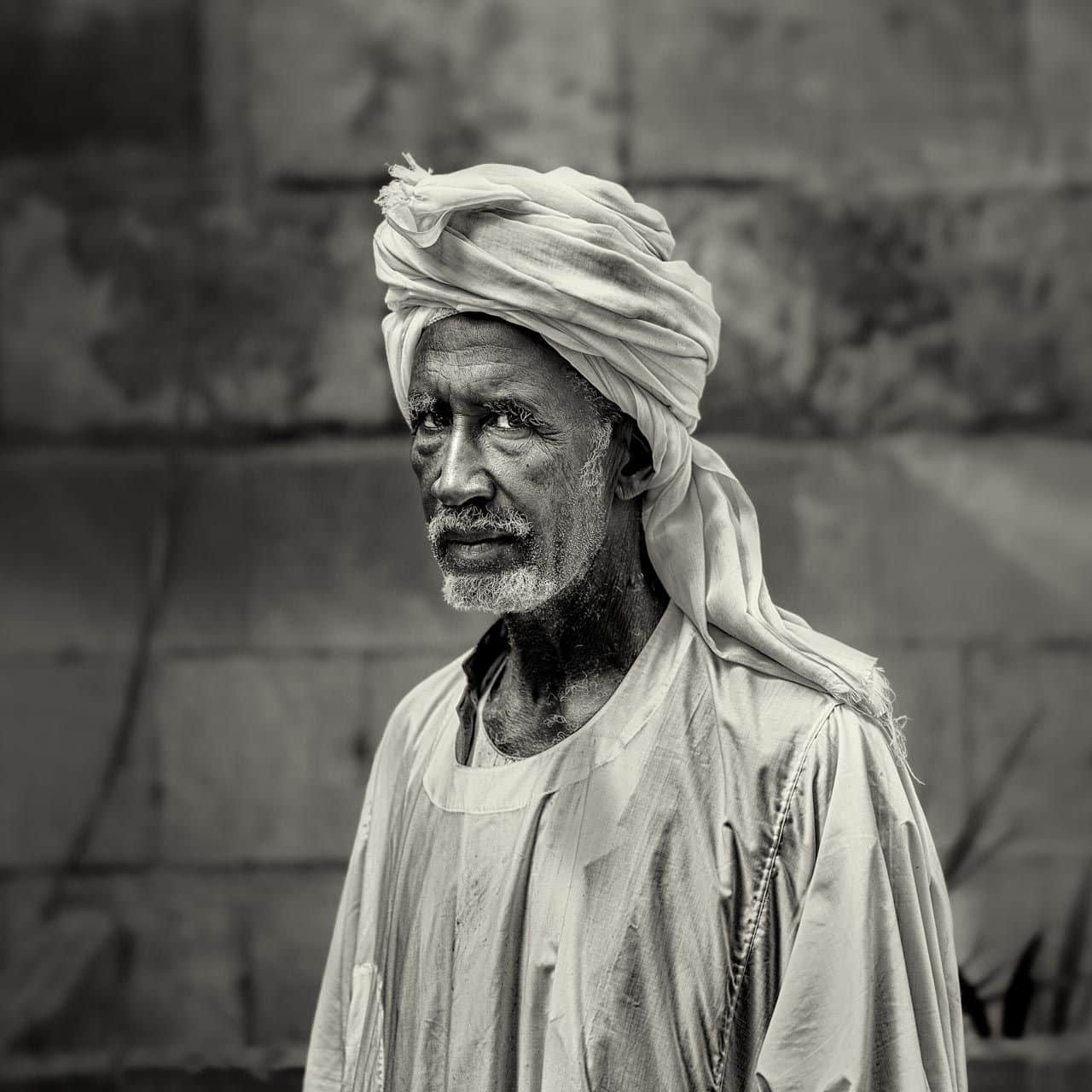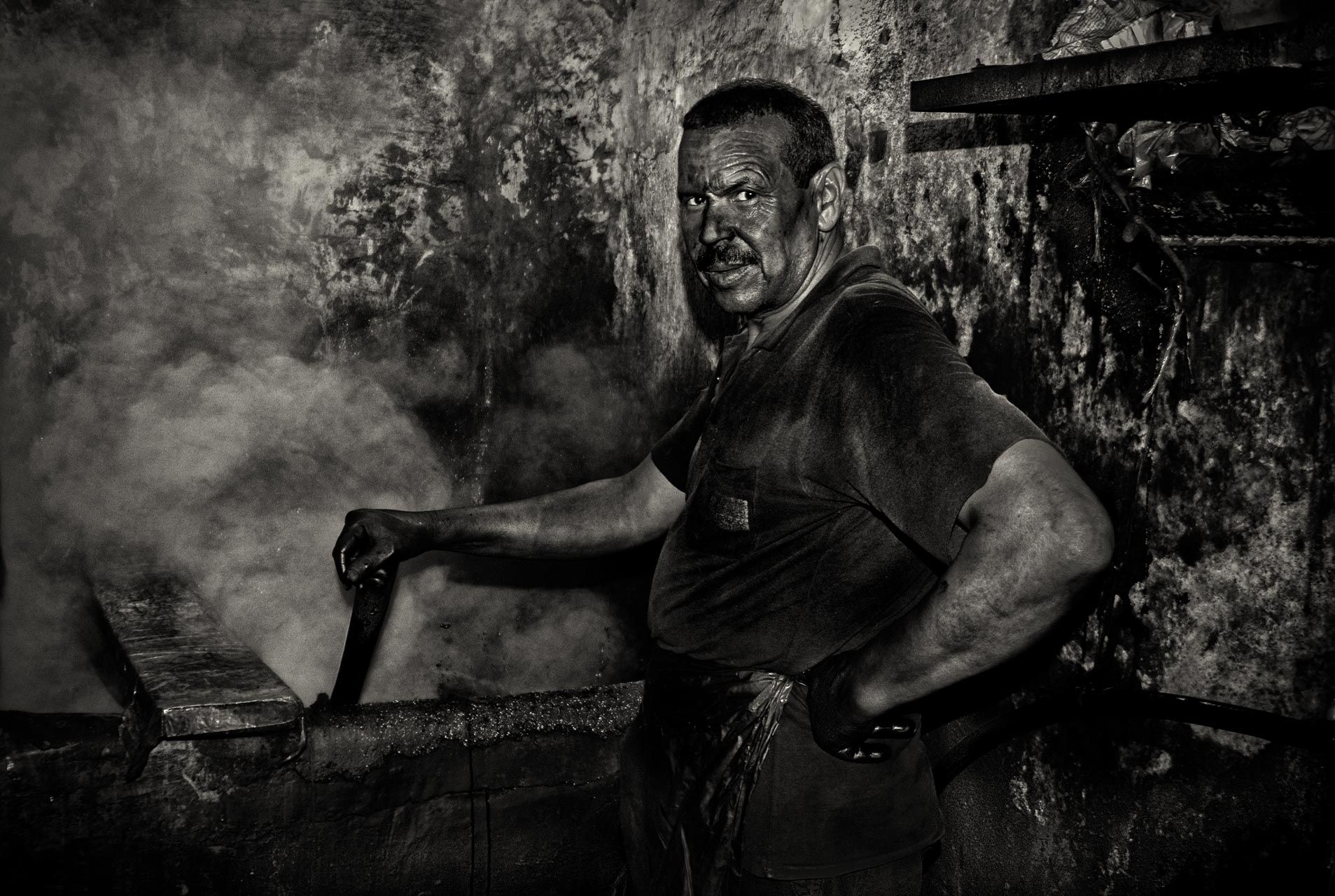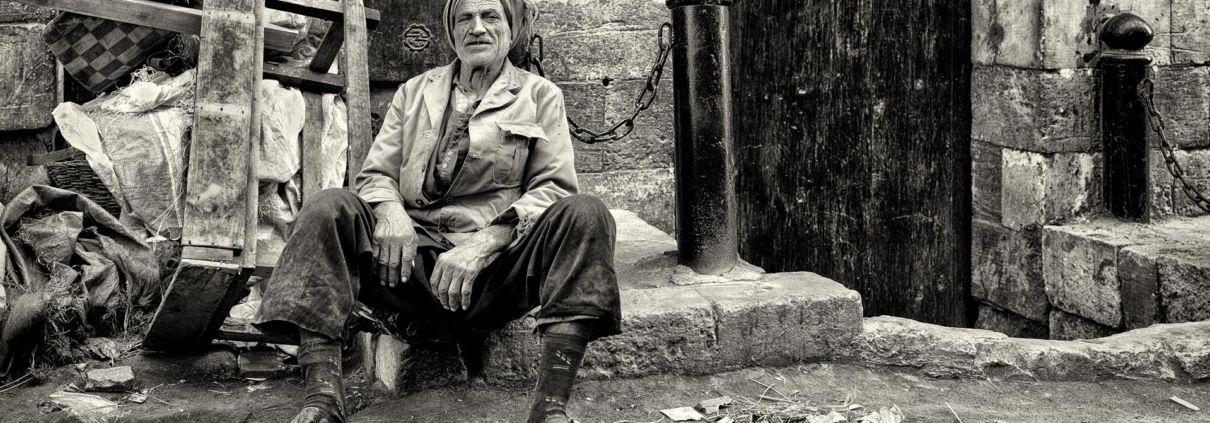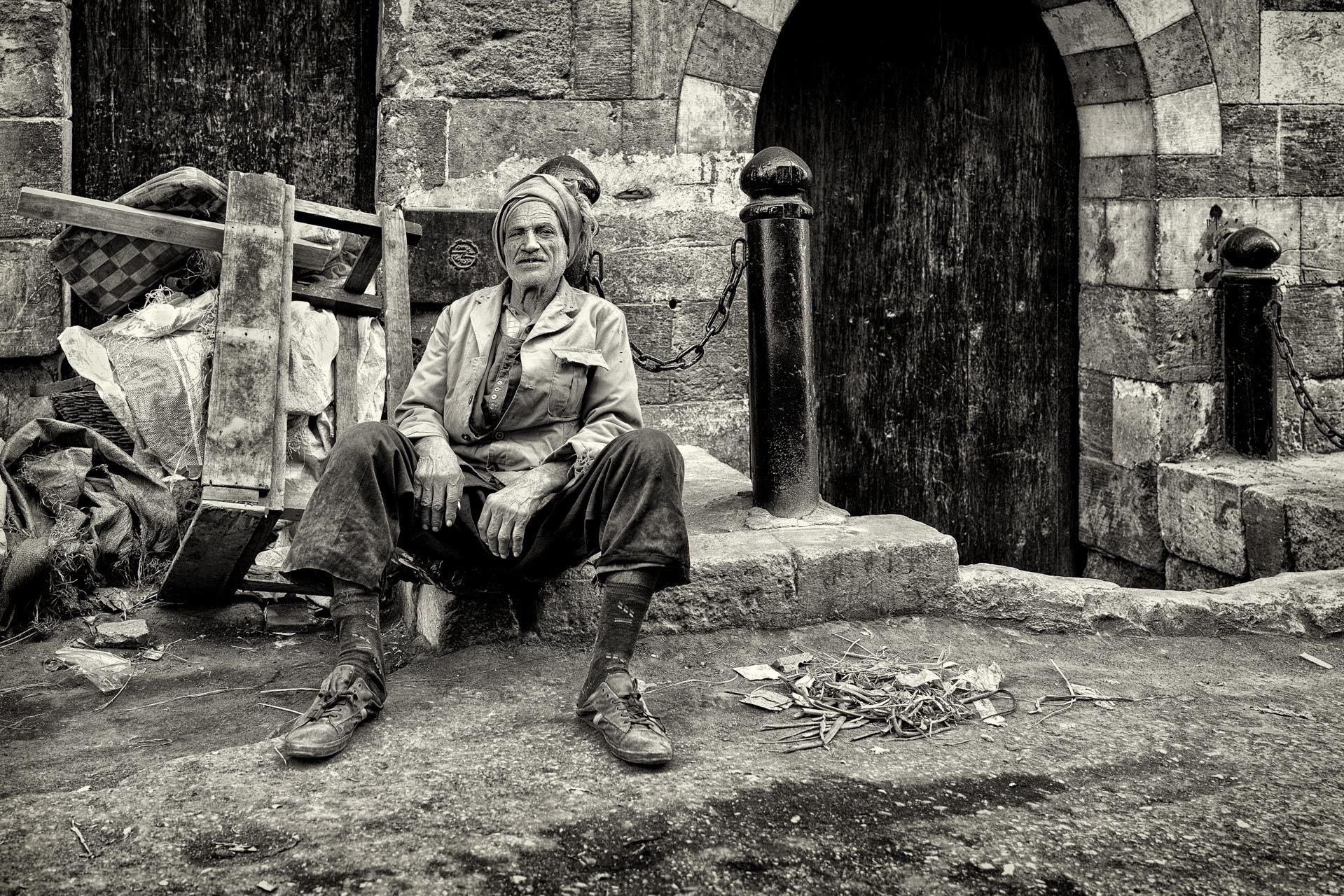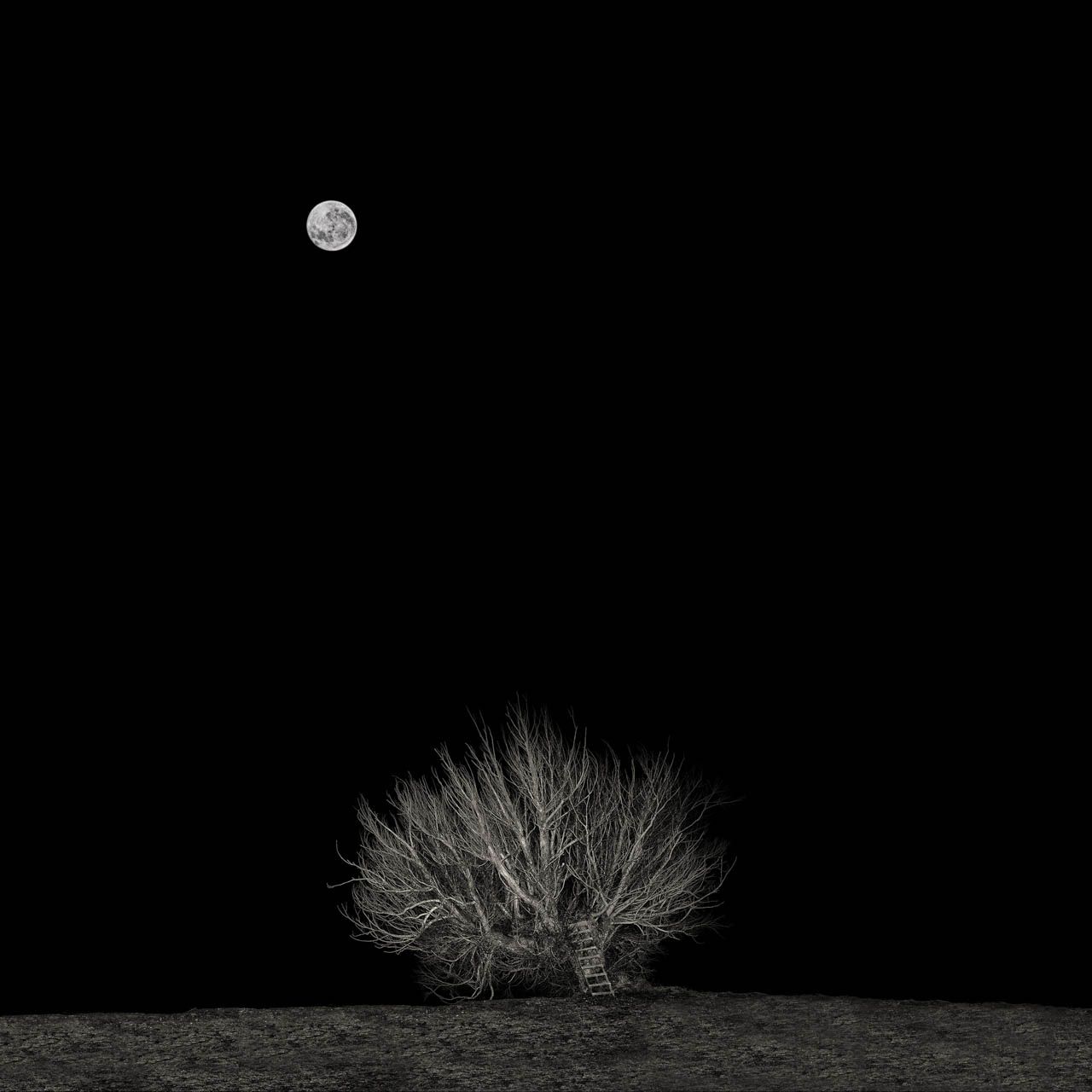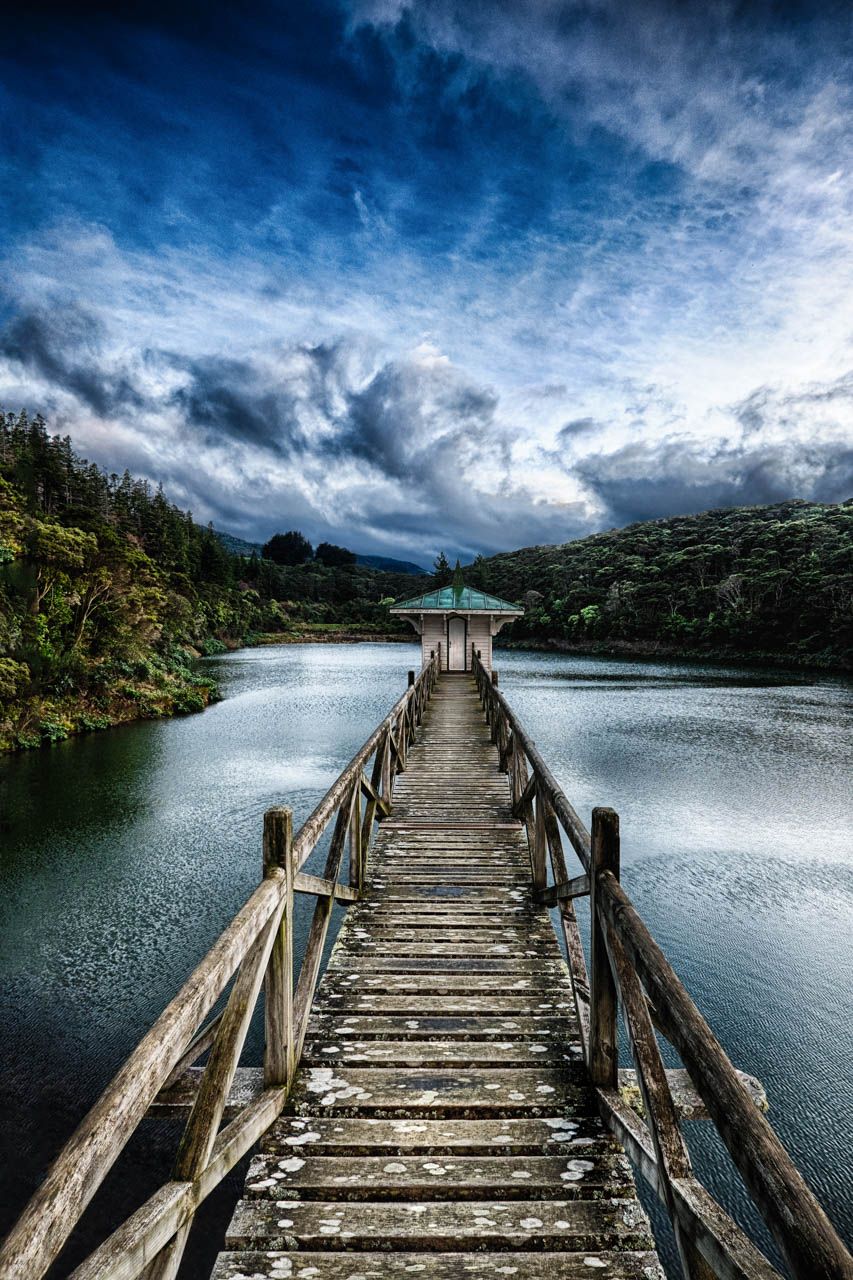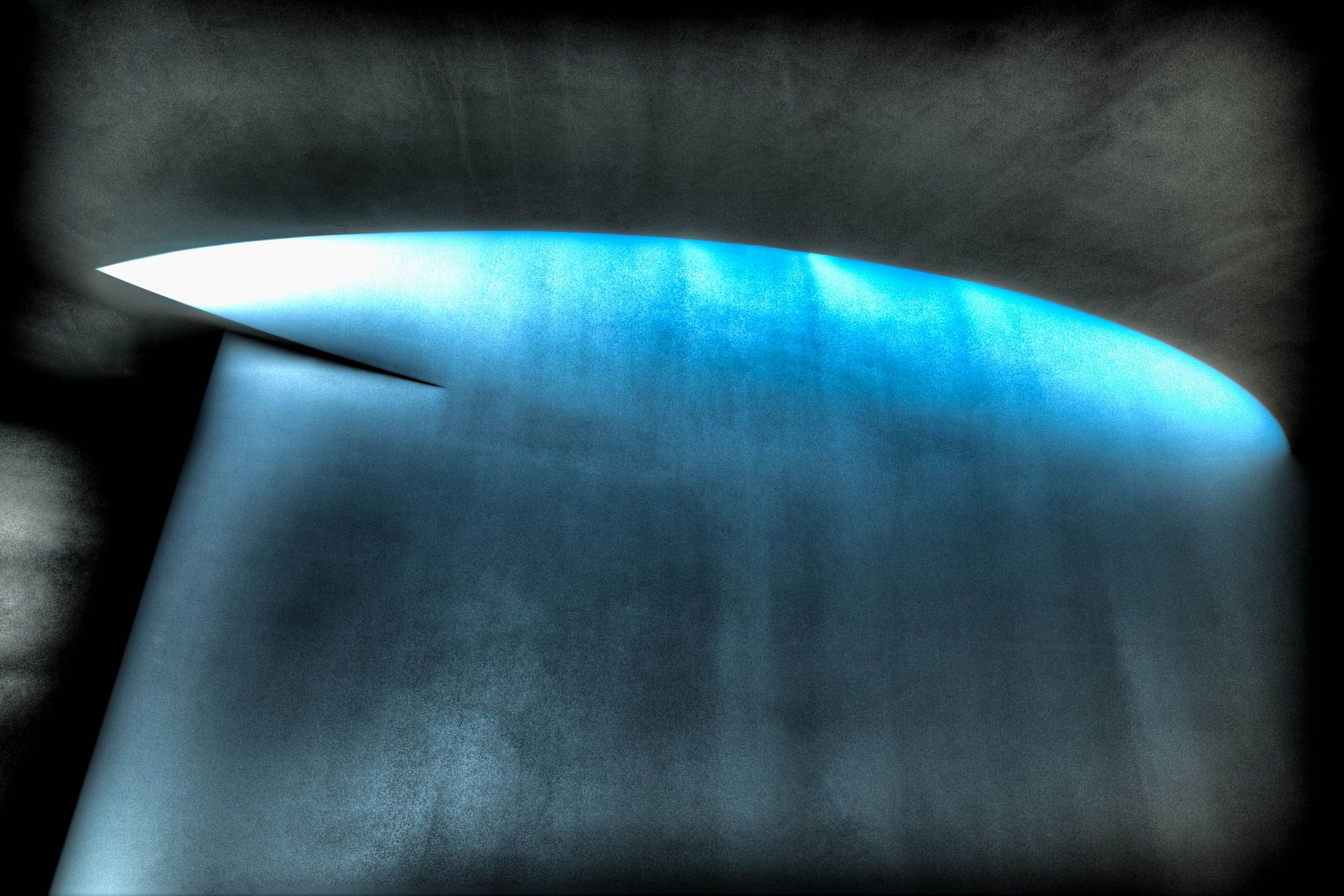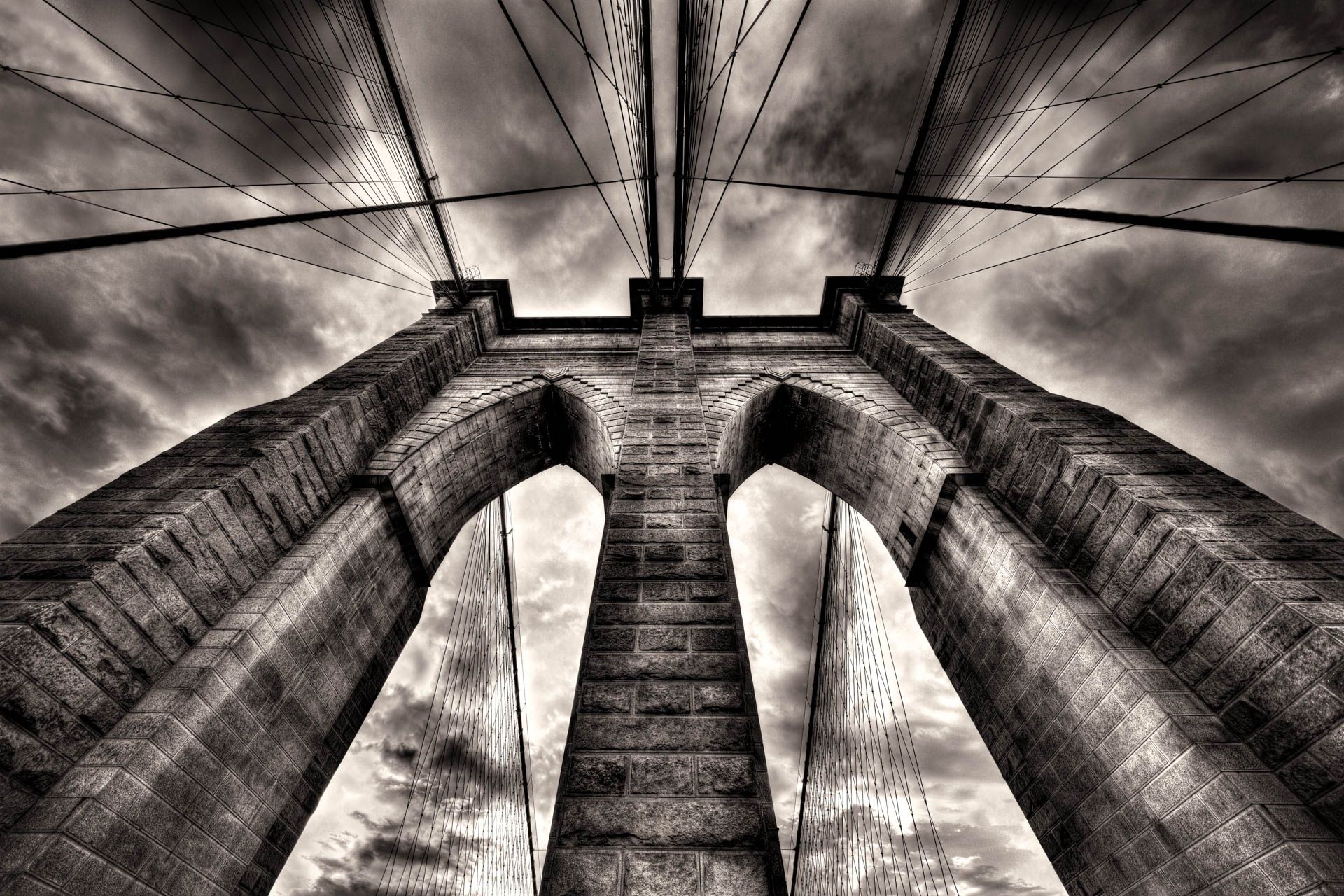Tag Archive for: Travel Photography
Dome of the Rock
located on the Temple Mount in the Old City of Jerusalem, the Dome of the Rock is an Islamic shrine at the center of the Al-Aqsa mosque compound, and one of the three holiest Islamic shrines in the world. It was initially built in 691 on the site of the Second Jewish Temple and destroyed during the Roman Siege of Jerusalem. The original dome collapsed in 1015 and was rebuilt in 1023. Being one of Jerusalem’s most recognizable landmark it is a UNESCO World Heritage Site. According to belief, the rock inside the mosque is the spot from which the Islamic prophet Muhammad ascended to Heaven accompanied by the angel Gabriel. Usually packed with tourists and locals, I was the only one to visit the site early morning when the forecast was for snow. It was so cold that there was no one on site and I could get a beautiful reflection off the wet marble stones just before the storm.
The Janie Seddon Motueka Shipwreck
The Janie Seddon was built in 1901 in Glasgow, Scotland for the Government as a submarine mining vessel, and spent its early life in Wellington working for the Royal New Zealand Navy. She was used in port during both world wars and was the Examination Vessel during WWII. According to some reports, it is credited with firing the first shots of World War II, a warning shot across the bow when the liner “City of Delhi” would not stop on request on September 3, 1939. It was the last surviving military ship to have served in both world wars – rumour has it she even fired the first shot in WW2.
When her military days came to an end, Janie was purchased in 1947 by the local Talley’s fishing group as a fishing trawler, the first in their fleet. It was sold as a fishing vessel to the Motueka Trawling Company and worked in Motueka as a very useful coal-fired steam trawler. As a coal-powered ship, she proved unsuitable as a fishing vessel and her size prevented her from operating in the coastal waters of Tasman Bay.
When she was retired from fishing, in 1950, the Janie Seddon was laid up on the Motueka Wharf. It was anchored next to the sandspit for protection. Unfortunately, when the tide went out, she sat on her anchor and it holed her hull. She filled with water and stayed there until a scrap metal dealer decided to try a salvage. At low tide, the Janie Seddon was dragged by bulldozer across the estuary to the site where she sits now. The scrap metal dealer planned to cut her up into pieces for sale but he went broke trying to do that! The Janie Seddon is made of very strong corten steel and all dealer’s tools broke down! After sinking at her moorings a few years later she was stripped of anything of use and left to the elements. The rust made the holes along with the scrap metal dealer’s attempts to cut her up.
Muriwai
Muriwai gannet colony is about an hour drive from Auckland. A short walking track from the car park leads to two viewing platforms which are located above the colony nesting site. The colony continues on two steep islands out to sea. Around 1,500 pairs of gannets nest there during August to March every year. The hundreds of nests are just very slightly apart and the stink is sharp. It’s a feast to the eyes (or an air-traffic controller’s nightmare), but the birds have it under control somehow. The birds descending to land must glide over their neighbours squawking raised beaks, so getting it wrong can be extremely painful for all involved. These 2 ½ Kilogram heavy birds have a wingspan of almost two metres, and their mastery of the onshore updrafts is an understatement impressive to say the least. Each pair of gannets lays one egg and the parents take turns on keeping the nest safe. The chicks hatch completely naked and within a week they’re covered with a fluffy gray down. As they mature, they grow juvenile light feathers and begin to exercise moving their wings in preparation for a one-shot jump off the cliff and into the ocean. Once airborne, the young gannets leave the colony and cross the Tasman Sea all the way to Australia, across the ditch. A few years later, the surviving birds return to secure a nest site at the colony. The gannets return from Australia between July to October each year and connect again with their lifelong companions. The new chicks strive for food in December and their parents dive into the sea at up-to 150 kilometres per hour to feed their young birds. The colony becomes abandoned from late autumn to early winter: May to June. The views from the colony are totally breathtaking. Muriwai Beach extends a further sixty kilometres to the north with a line of black sand visibly between the thundering white surf and the cascading sandy hills. Far below, enthusiastic and bold surfers look like seals on the giant ocean swells.
True facts about the gannets – check out this triptych!
- The gannets predominantly feed on small fish such as baby squid, pilchards, yellow eyed mullet and anchovy.
- The gannets lay a single egg around September, October or November
- Incubation time is around forty four days
- Chicks will stay in the colony until February to March and leave when they are around four months old.
- After weeks of furious and extensive flapping their wings on land, the first flight of the juvenile birds takes them more than 2,000 kilometres away to their destination!
- Wingspan up to 180 cm (6 ft)
- Overall length 90 cm
- The birds then migrate to Australia and return after three to seven years
- Gannets feed by diving from high up into a school of fish near the surface of the water at speeds of almost 150 kph. Just before hitting the water, they hold their wings out straight and bend them so they’re pointed completely backwards so they don’t get injured when hitting the water at high speeds. They also take a large gulp of air, which fills the air sacs located in their neck and chest, providing cushioning just like an airbag in a car during impact.
- Gannets live to around thirty years old
Shoe Laces
Faces of Cairo is a collection of photographs that take you on a tour of the land and its people, the streets, the markets, the African desert, and the path of history.
Cairo is chaos at its most magnificent, infuriating,and beautiful. From above, the distorted roar of the muezzins’ call to prayer echoes out from duelling minarets. Below, car horns bellow tuneless symphonies amid avenues of faded 19th-century grandeur, while donkey carts rattle down dusty lanes lined with colossal monuments. This city’s constant buzz is a product of its 20 million inhabitants, simultaneously stretching Cairo’s infrastructure, crushing it under their collective weight. The smog is heavy and car toots are overwhelming, but its energy is stimulating and exhilarating!
In January 2020, I was privileged to visit the ancient city and tell the story of its people. What stood out to me the most was how friendly the people were. I first shook their hands warmly and then asked in Arabic: “Can I take your photo?” I gave people my full attention and most were delighted to have their portrait taken. I showed them the image on the back of my camera which made them feel honoured and respected. I consider it my privilege to be able to share these glimpses into their lives with the wider world.
I wanted to visit Cairo for a long time and was so glad when the opportunity came. I always admired the long and rich history of Egypt and found the experience of modern-day Cairo to be incredible in its own right. The whole city buzzes with all kinds of different people, and despite the economic hardship, they have a wonderful faith in a better future.
Faces of Cairo is a documentary collection. Most of the photos had little or no retouching. I asked people to look straight into my camera, so these are not candid photos. The strength of this series is in giving viewers a rare opportunity to connect with the common Egyptian people in their natural environment. This diverse group of people serves as a timely reminder that, despite our many cultural differences, we can unite as a community through the power of photography. The collection is a celebration of our shared values: hard work, the importance of family and caring for each other as humans. I hope that through this portfolio viewers learn more about the Egyptian people. In sharing this portfolio, I encourage viewers to show empathy: to accept others and to recognise the value of cultural diversity. We would all experience an enhanced sense of community if we took the time to appreciate interactions which allow us to discover the world beyond our familiar boundaries. We are all wonderfully unique, yet, at the same time, we are deeply similar.
I present these photographs in timeless monochrome,to ensure consistency and flow of the series amidst the chaos and clutter of the busy environment. My aim is to create an authentic portfolio of diverse individuals in a foreign land. My goal is to tell their stories using a clear narrative style and enduring quality. The portraits are crisp and sharp, to allow the details to inspire your imagination and to evoke emotions. I hope that viewers will experience some of the atmosphere and connect with the people.

